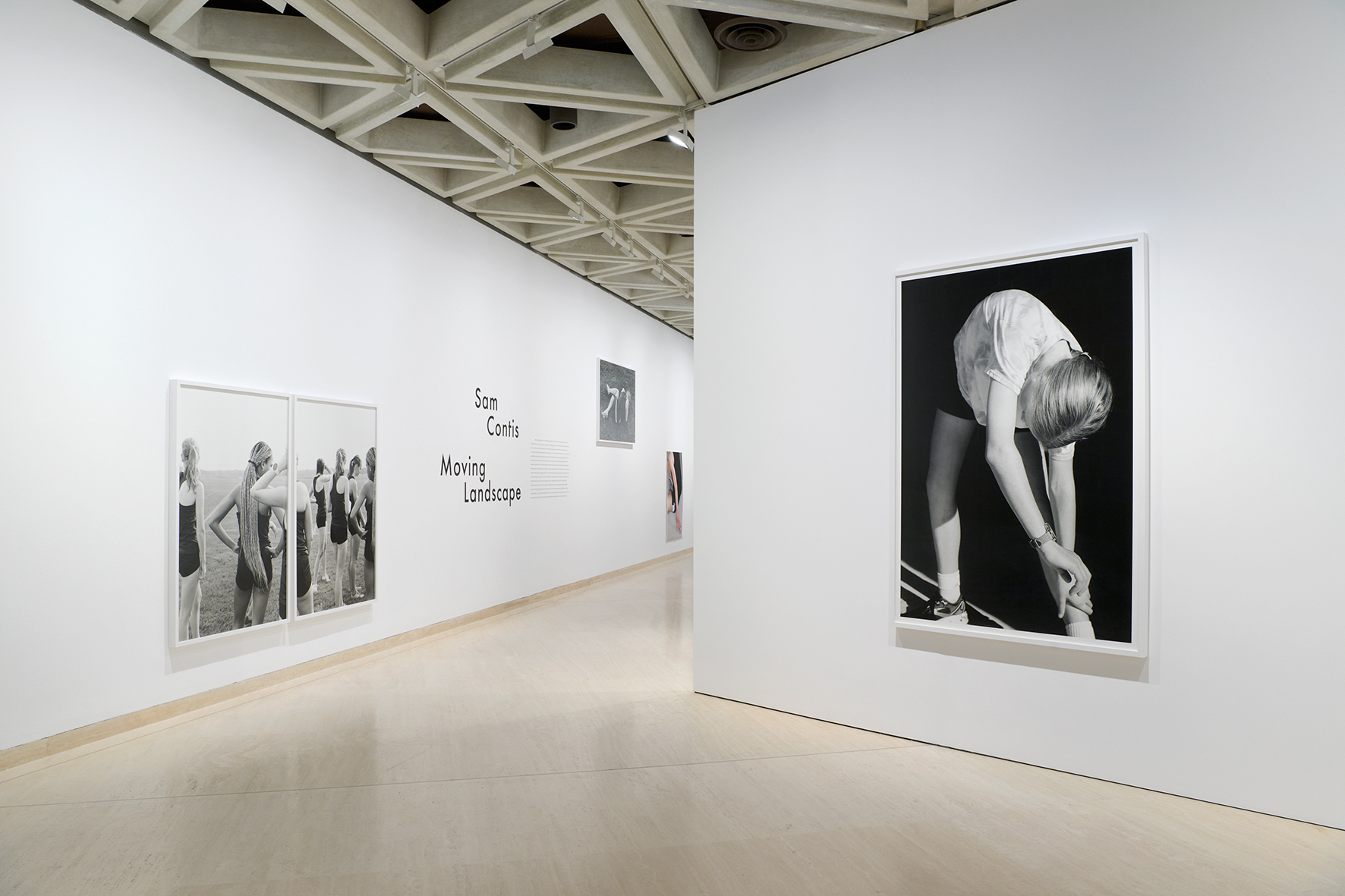
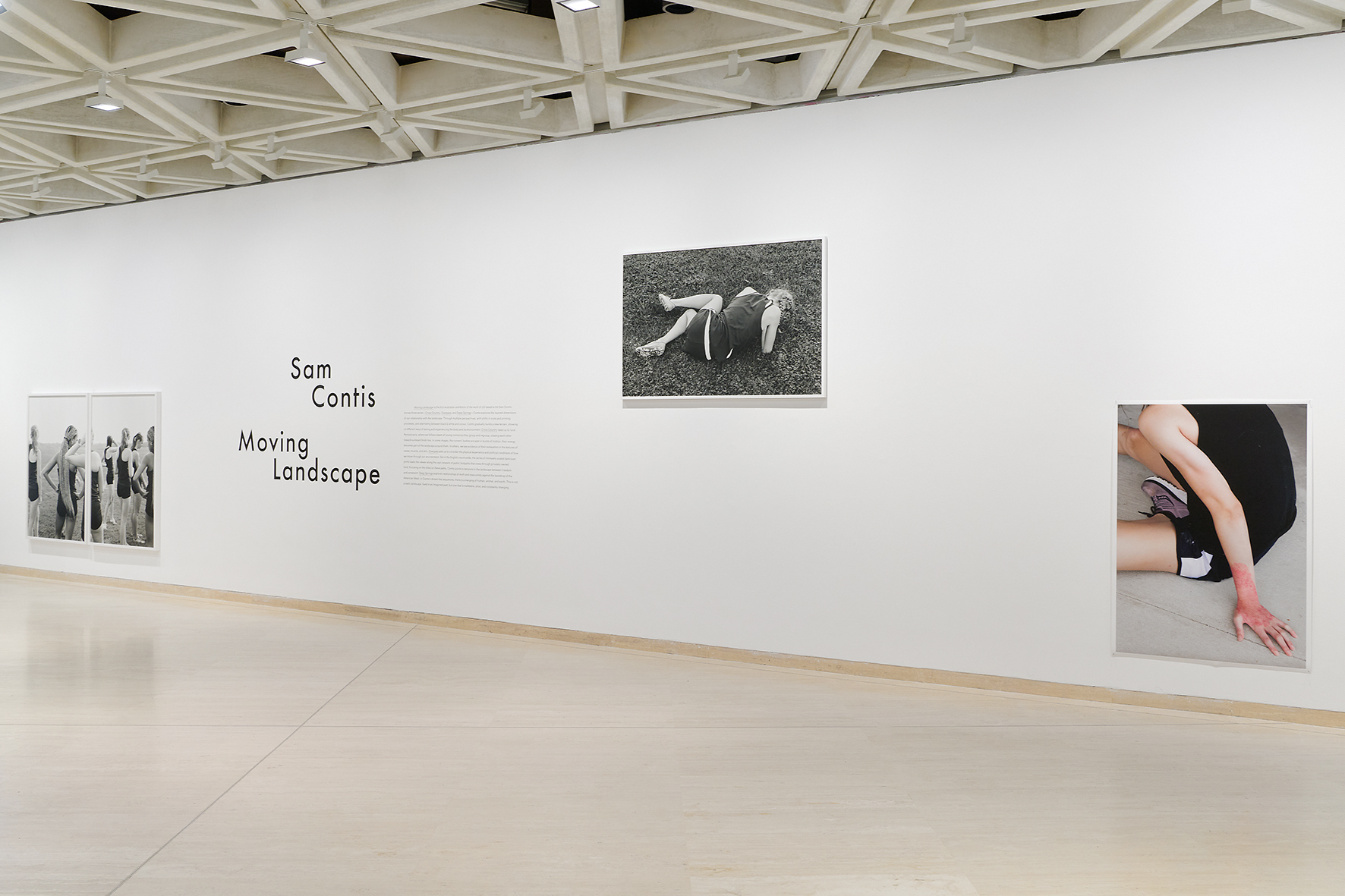
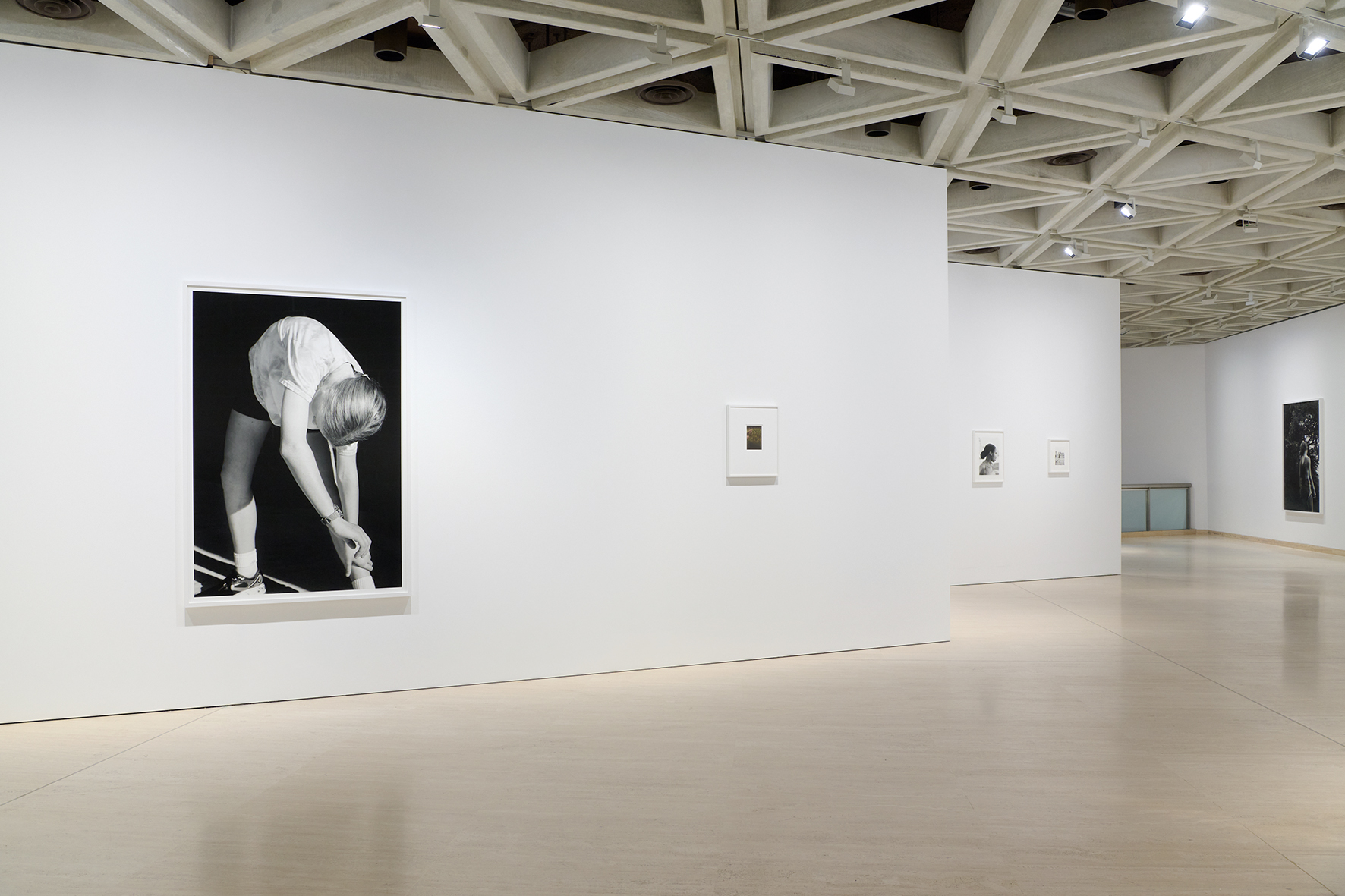
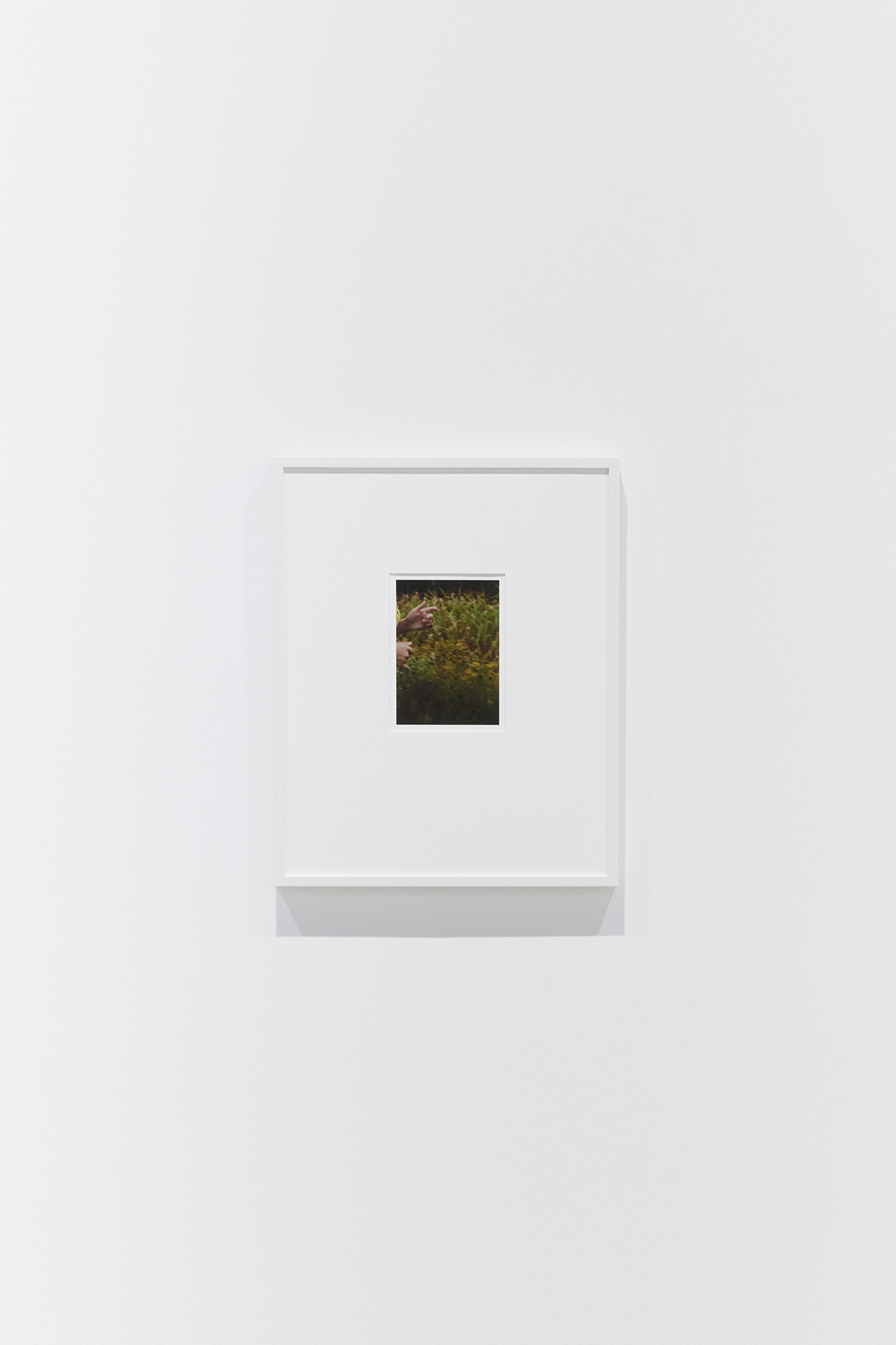

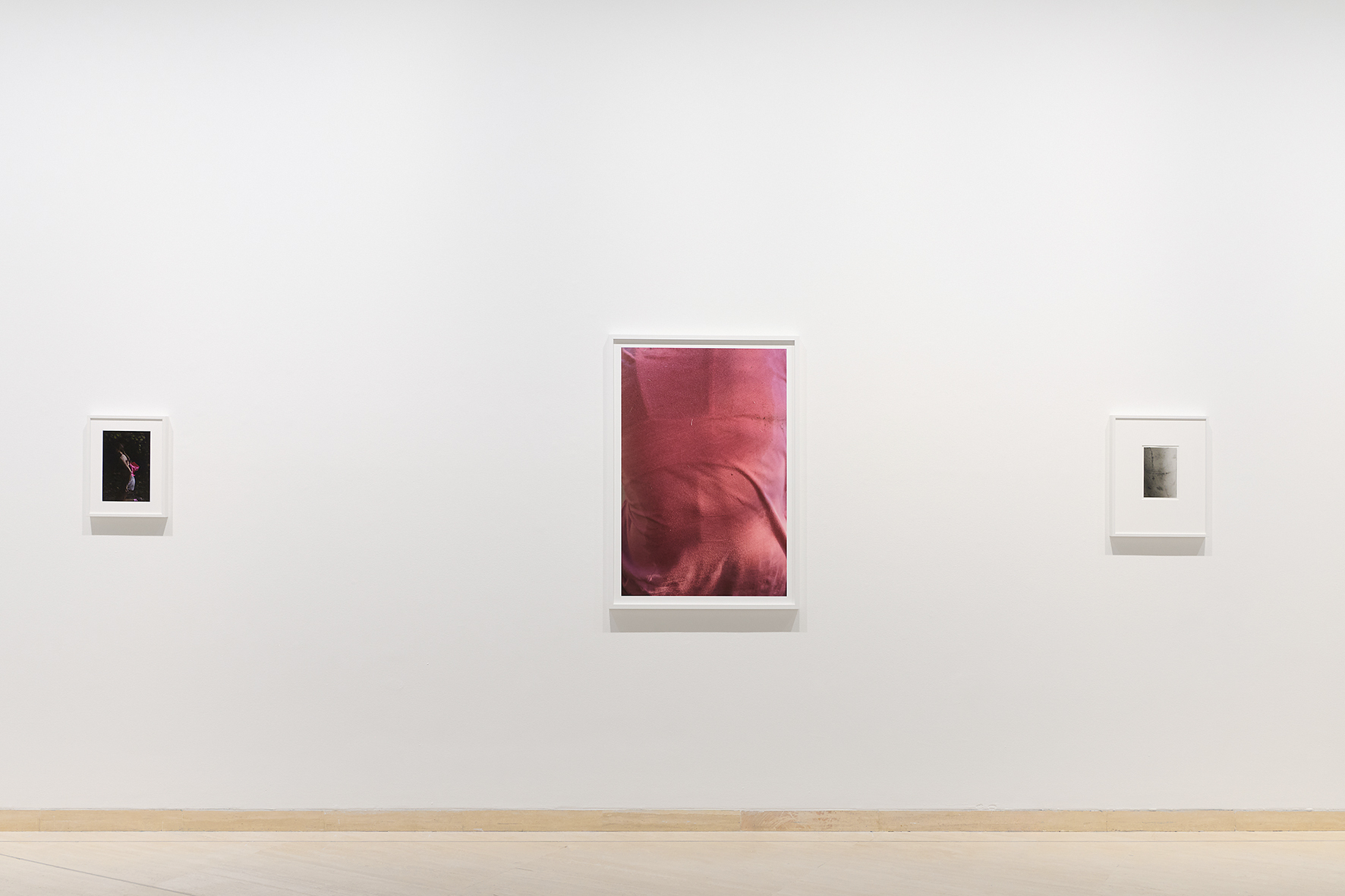
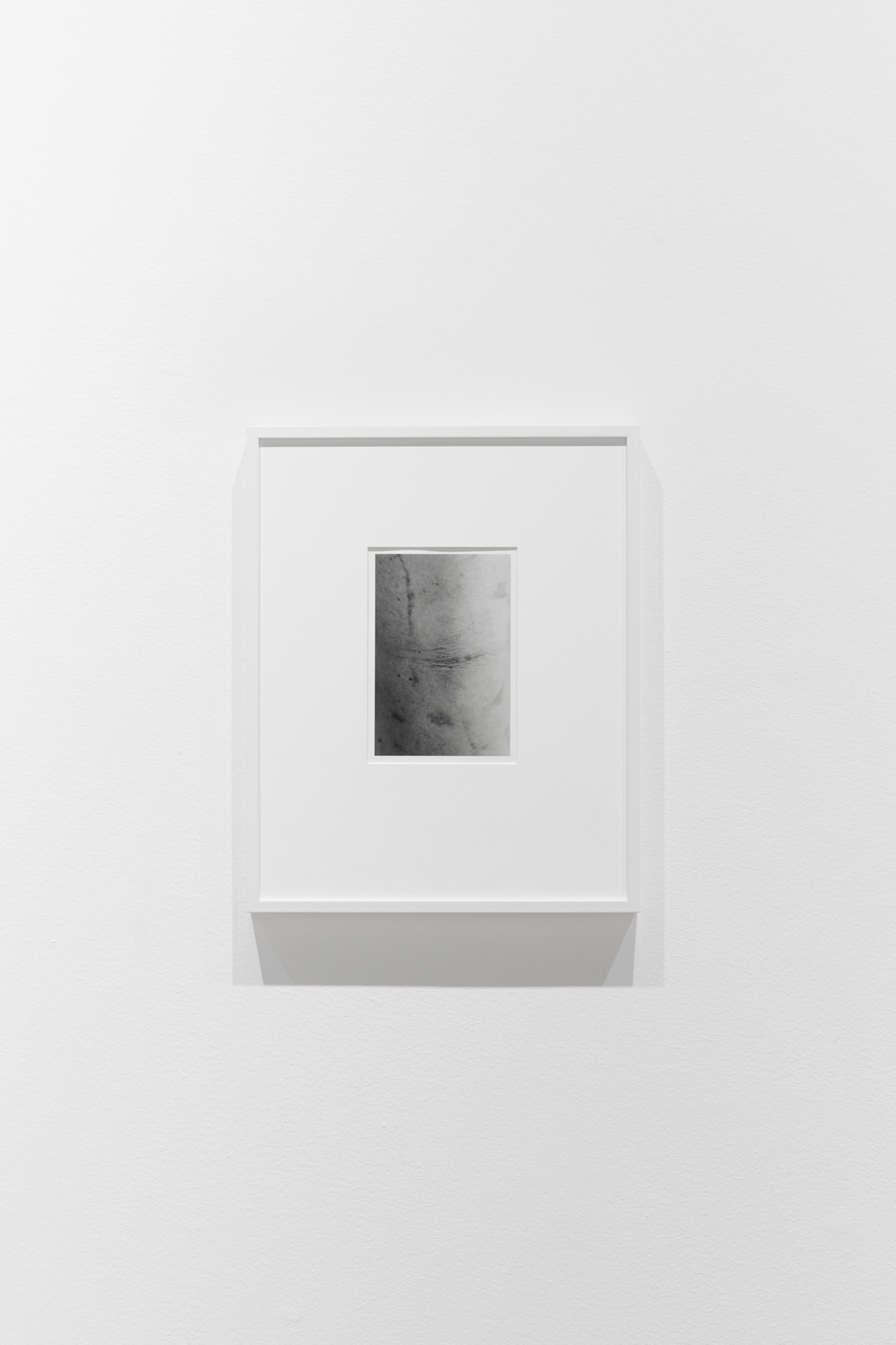
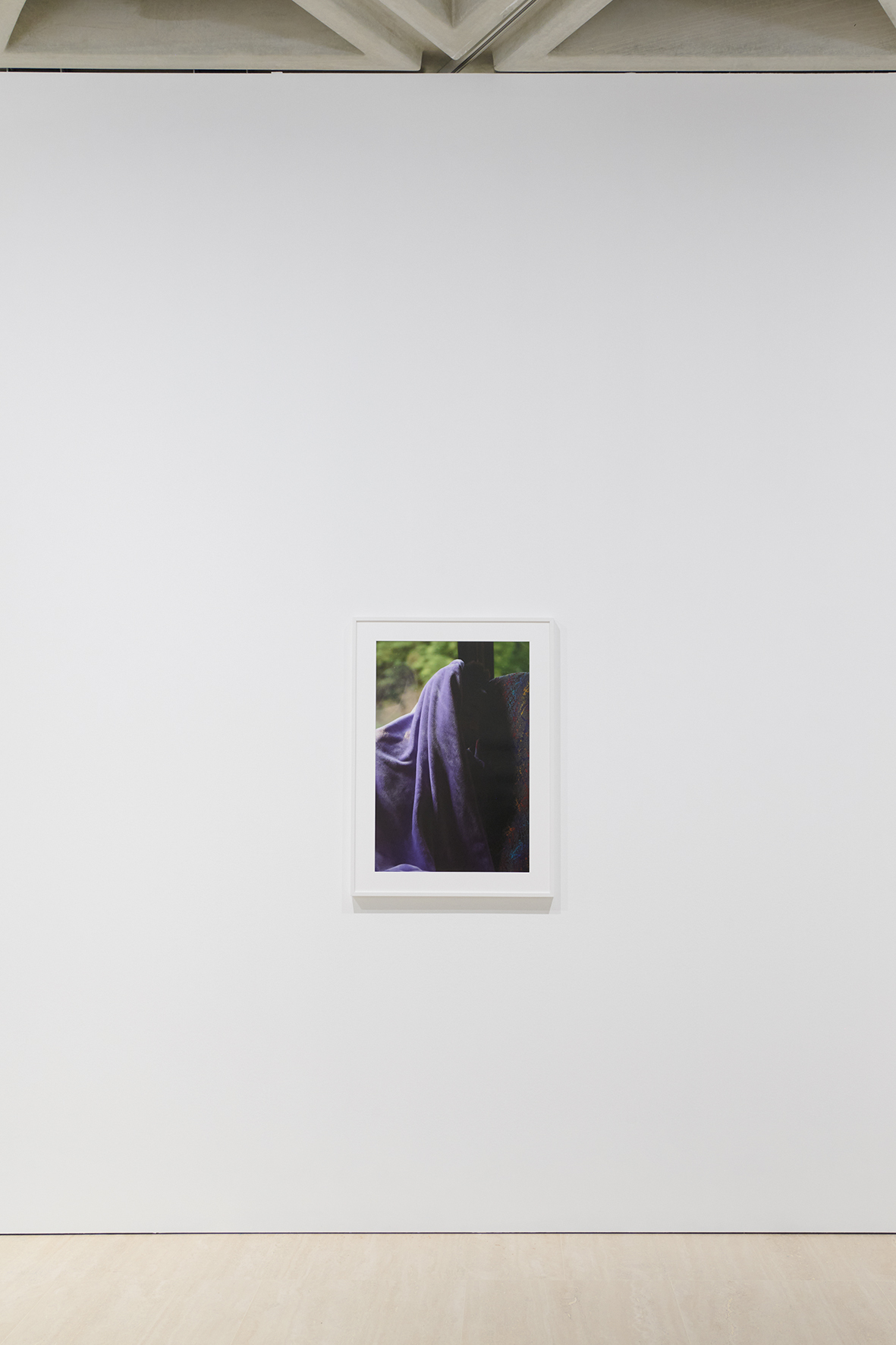
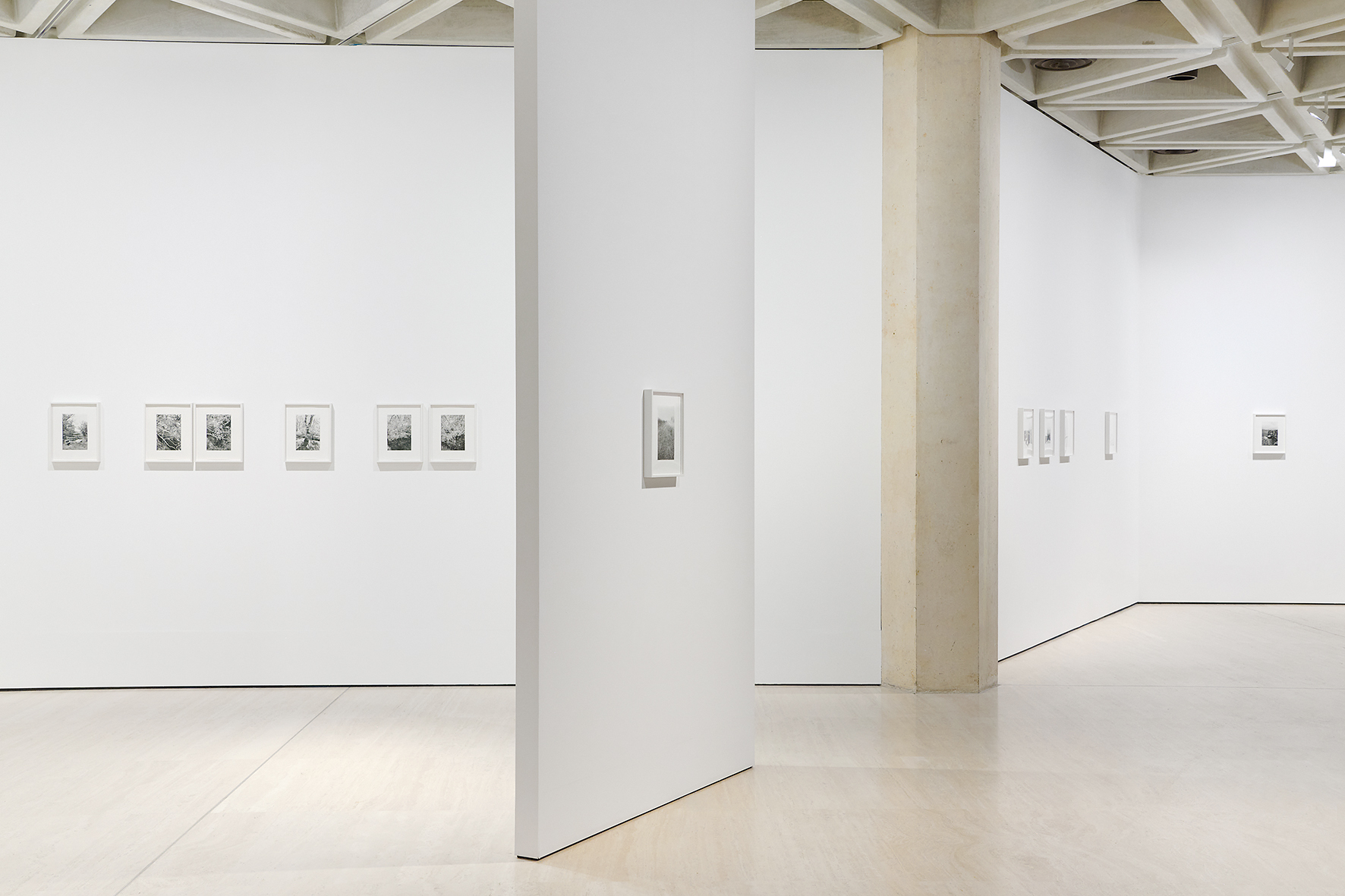
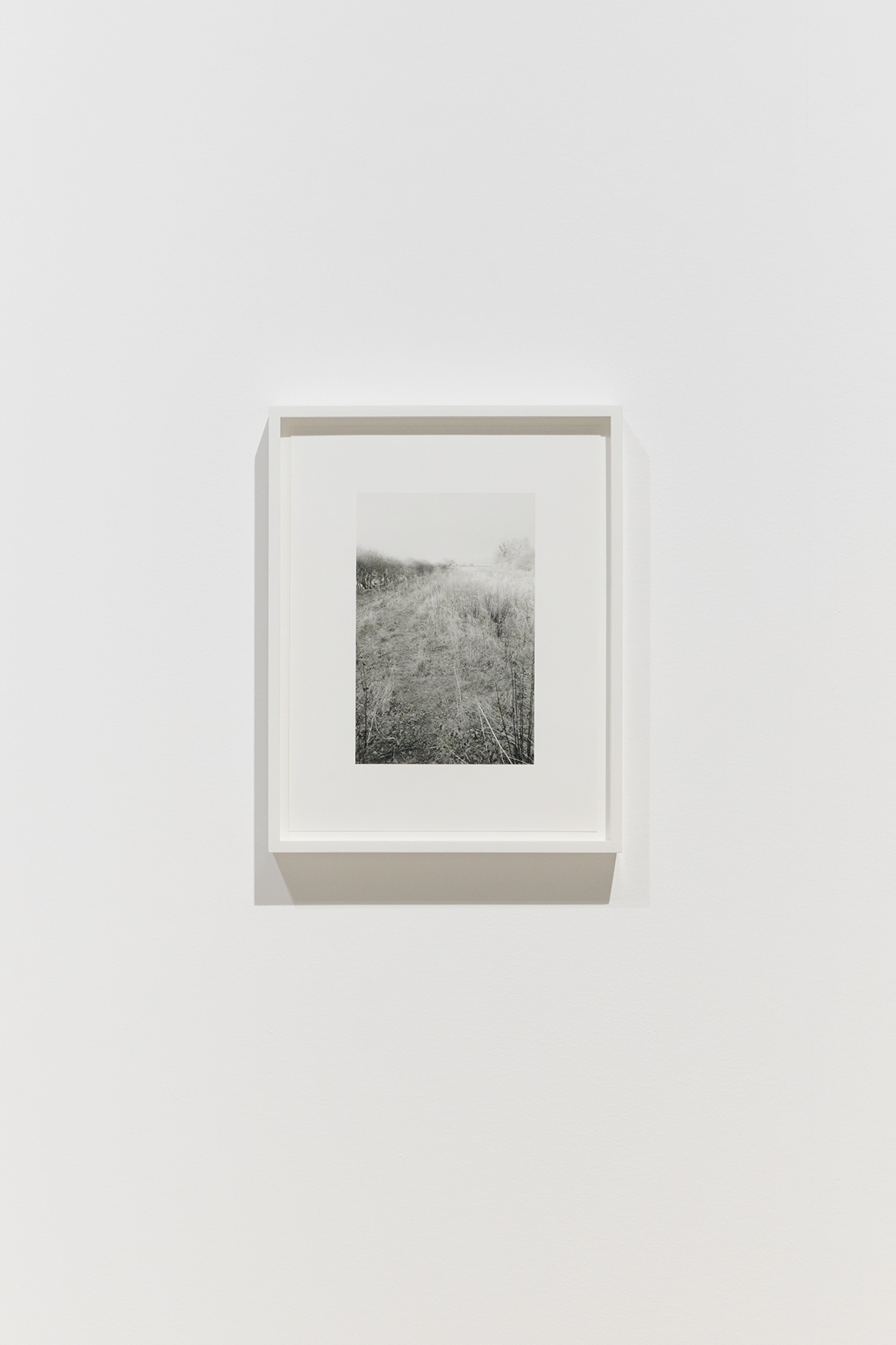
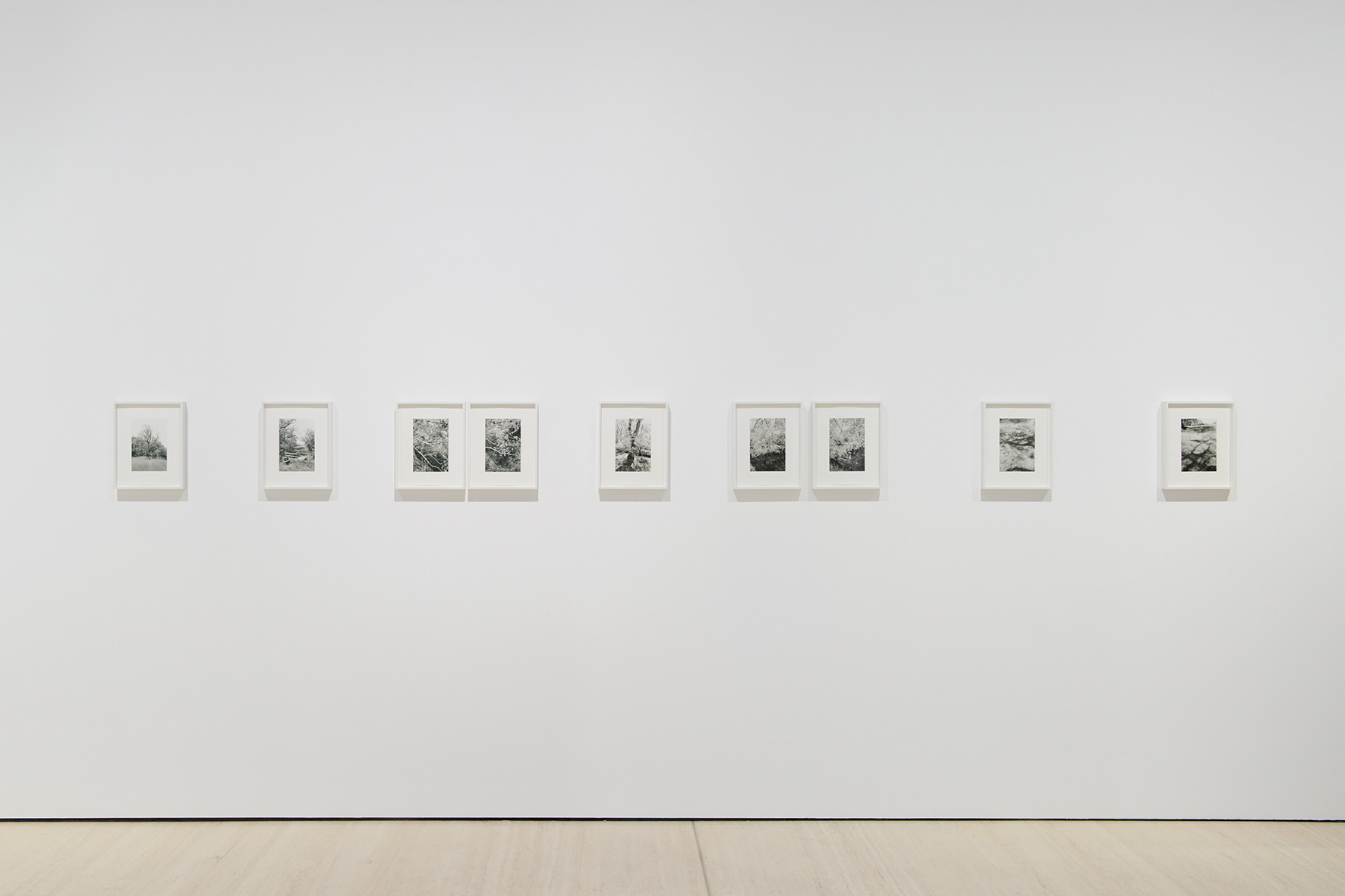
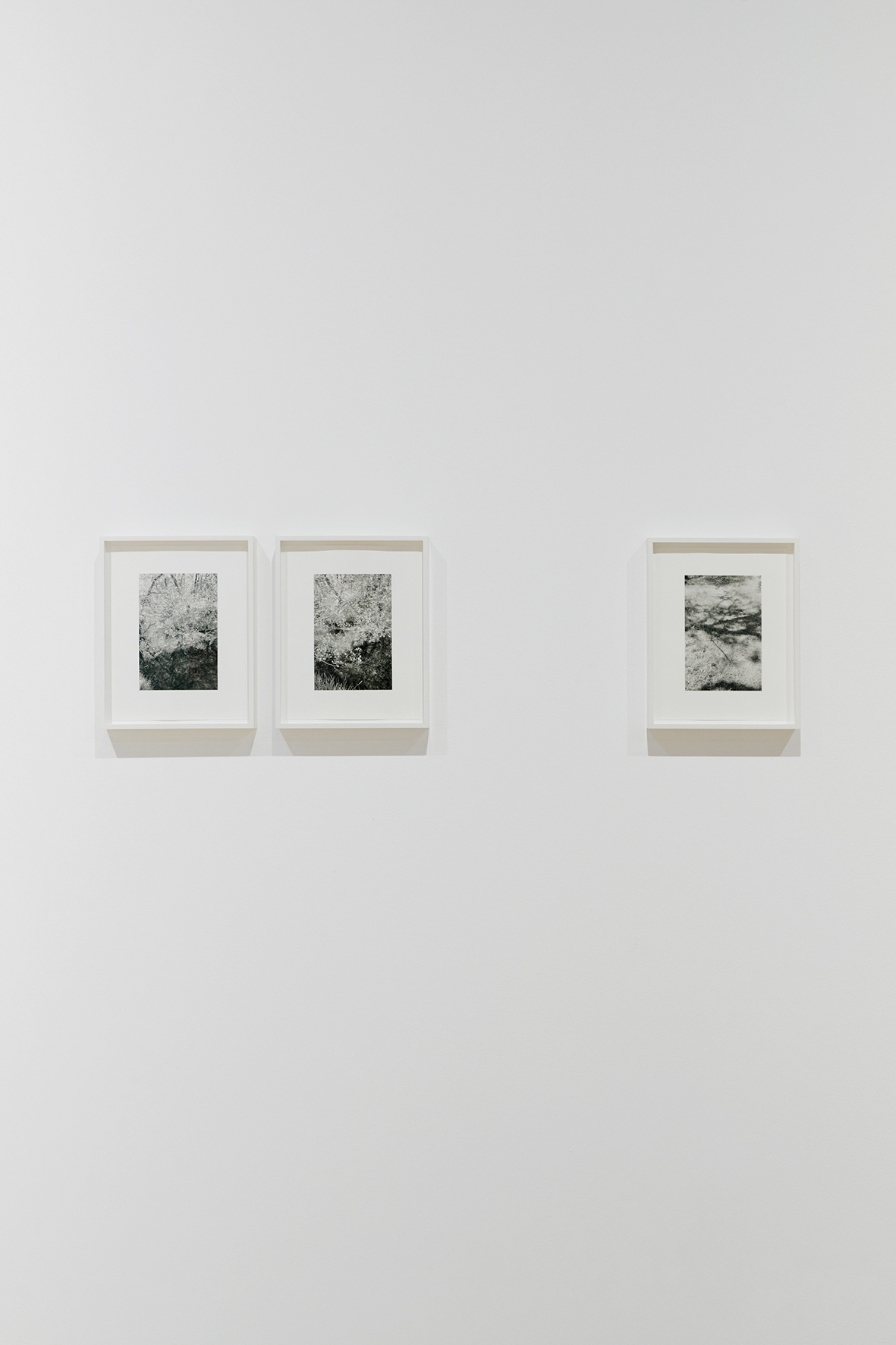
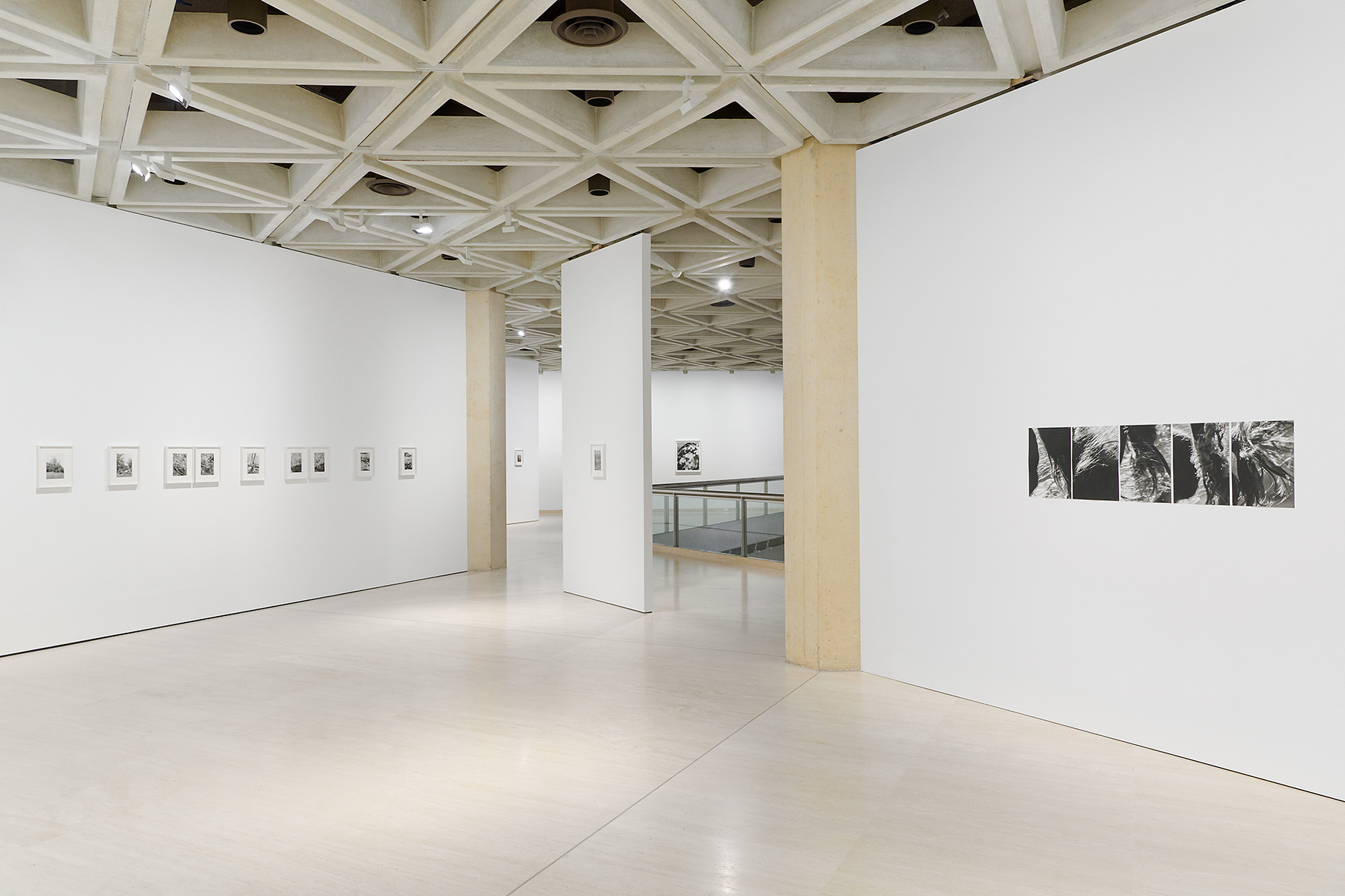
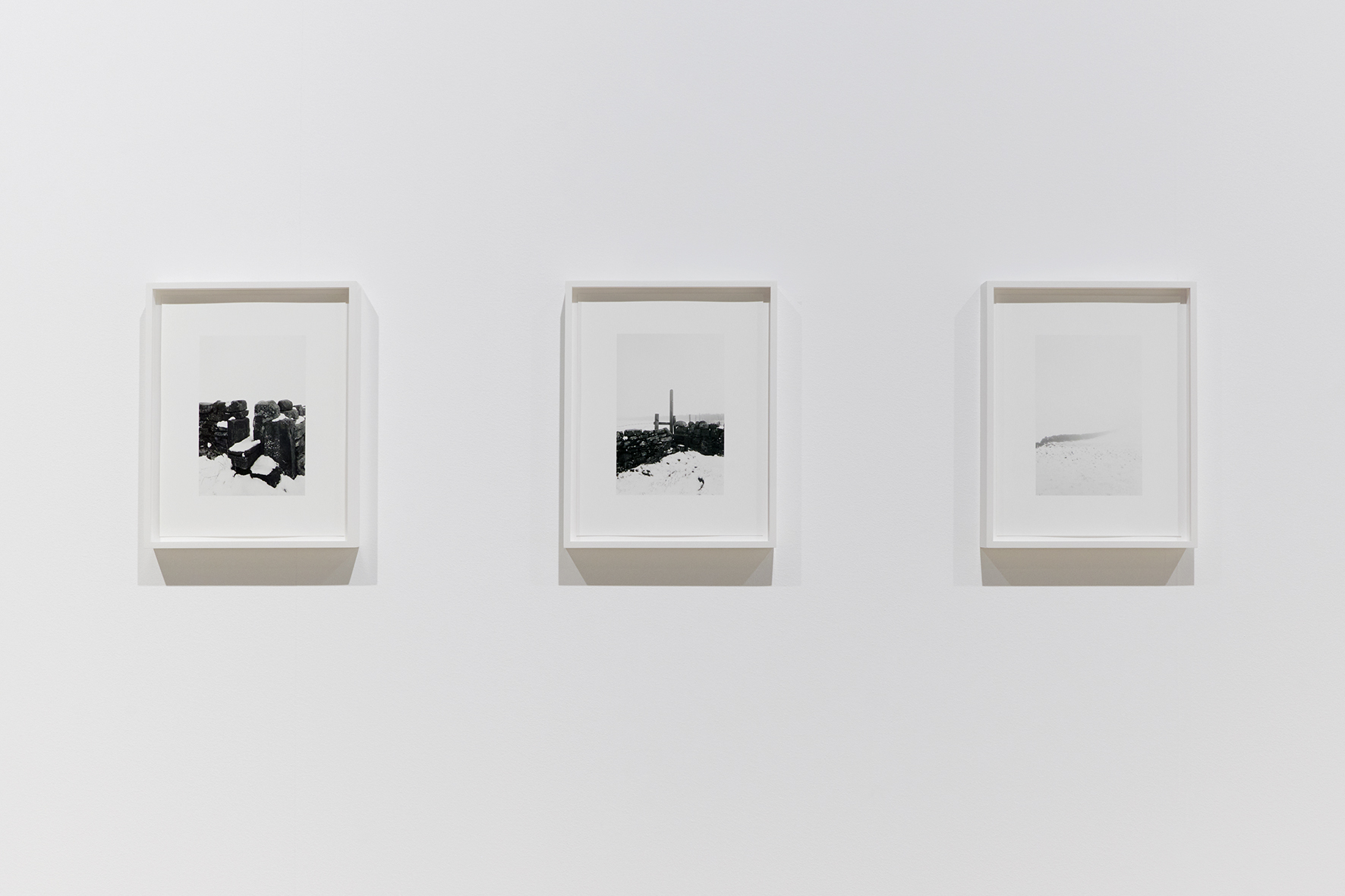
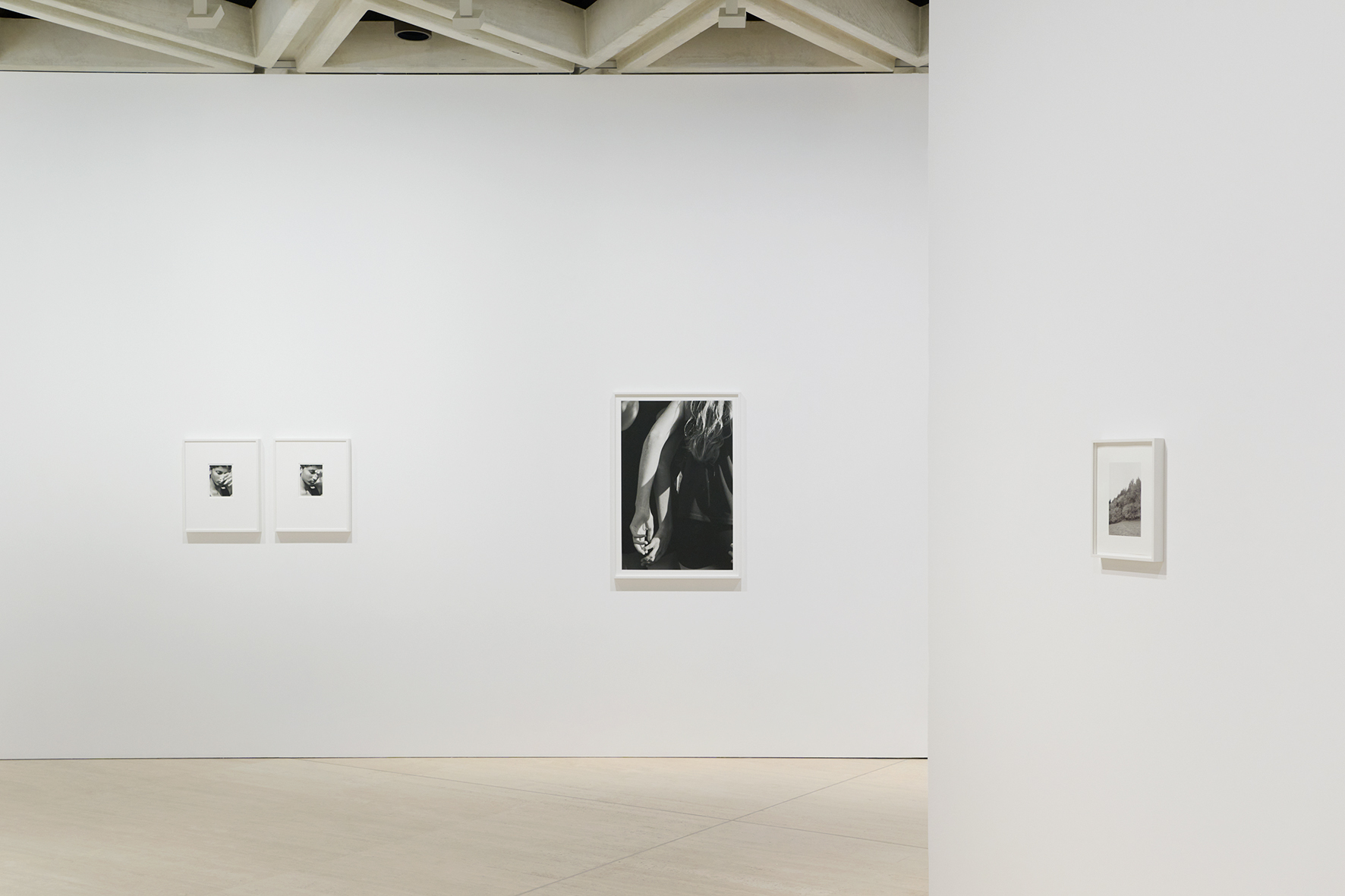
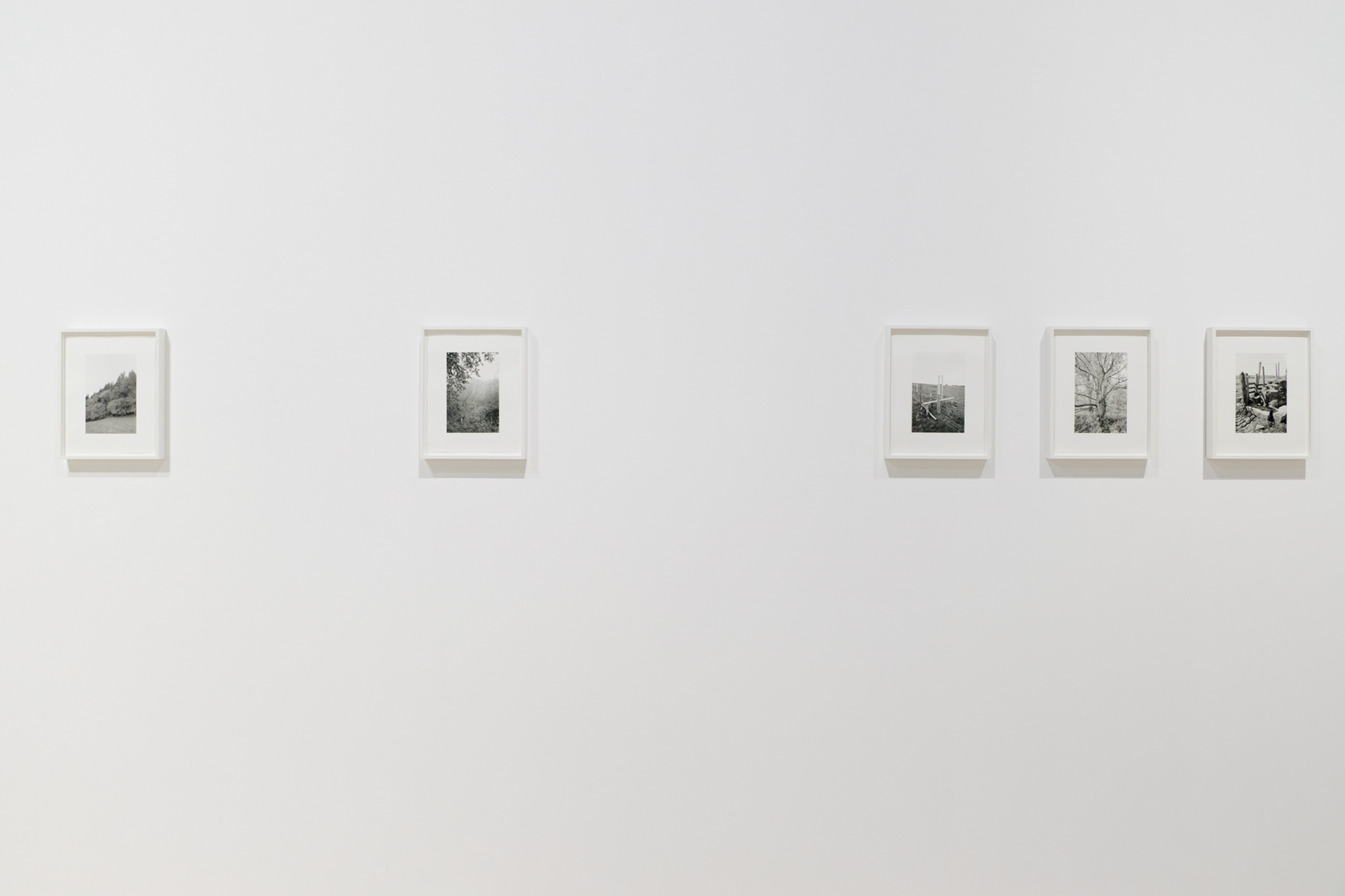
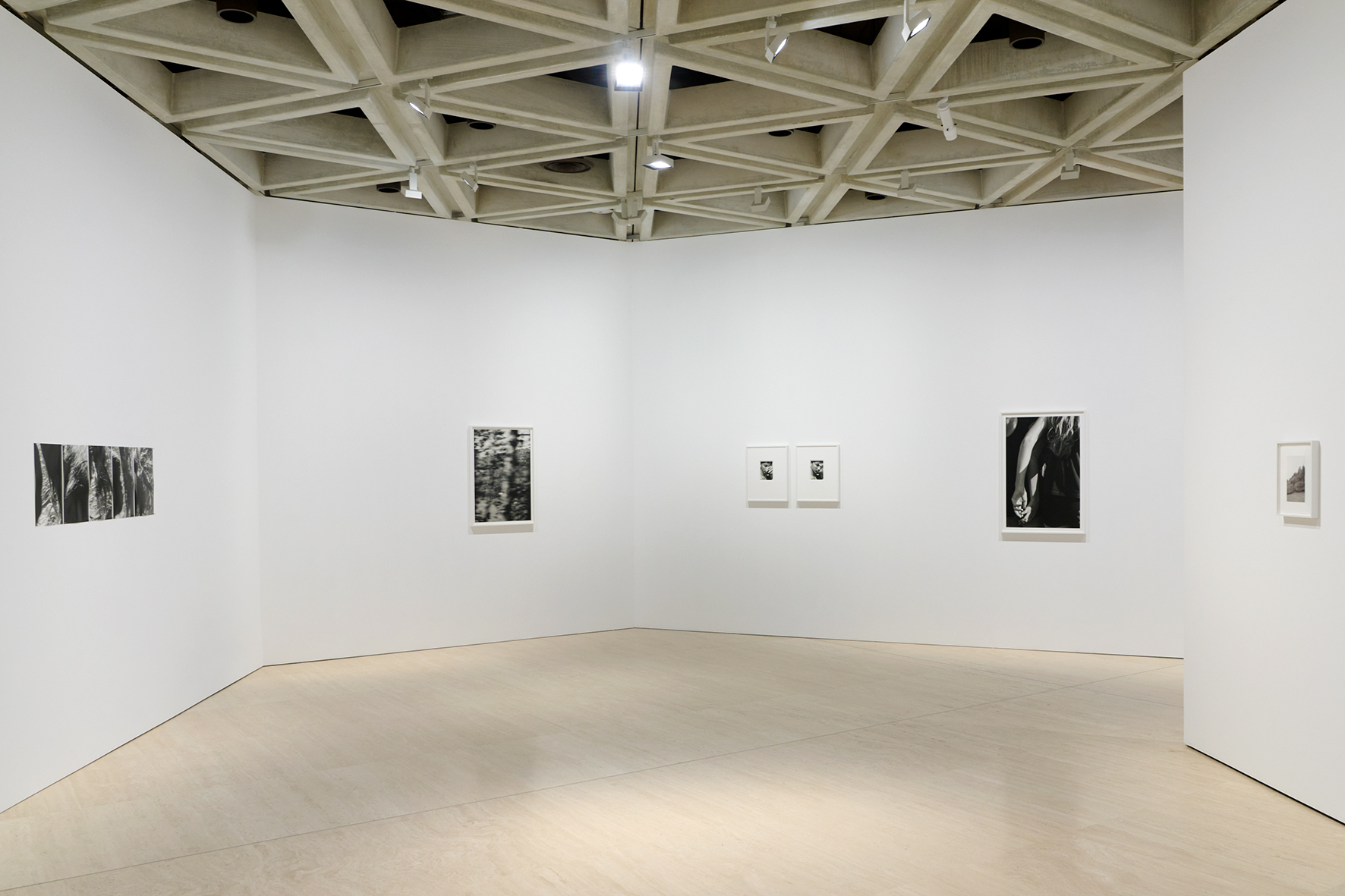
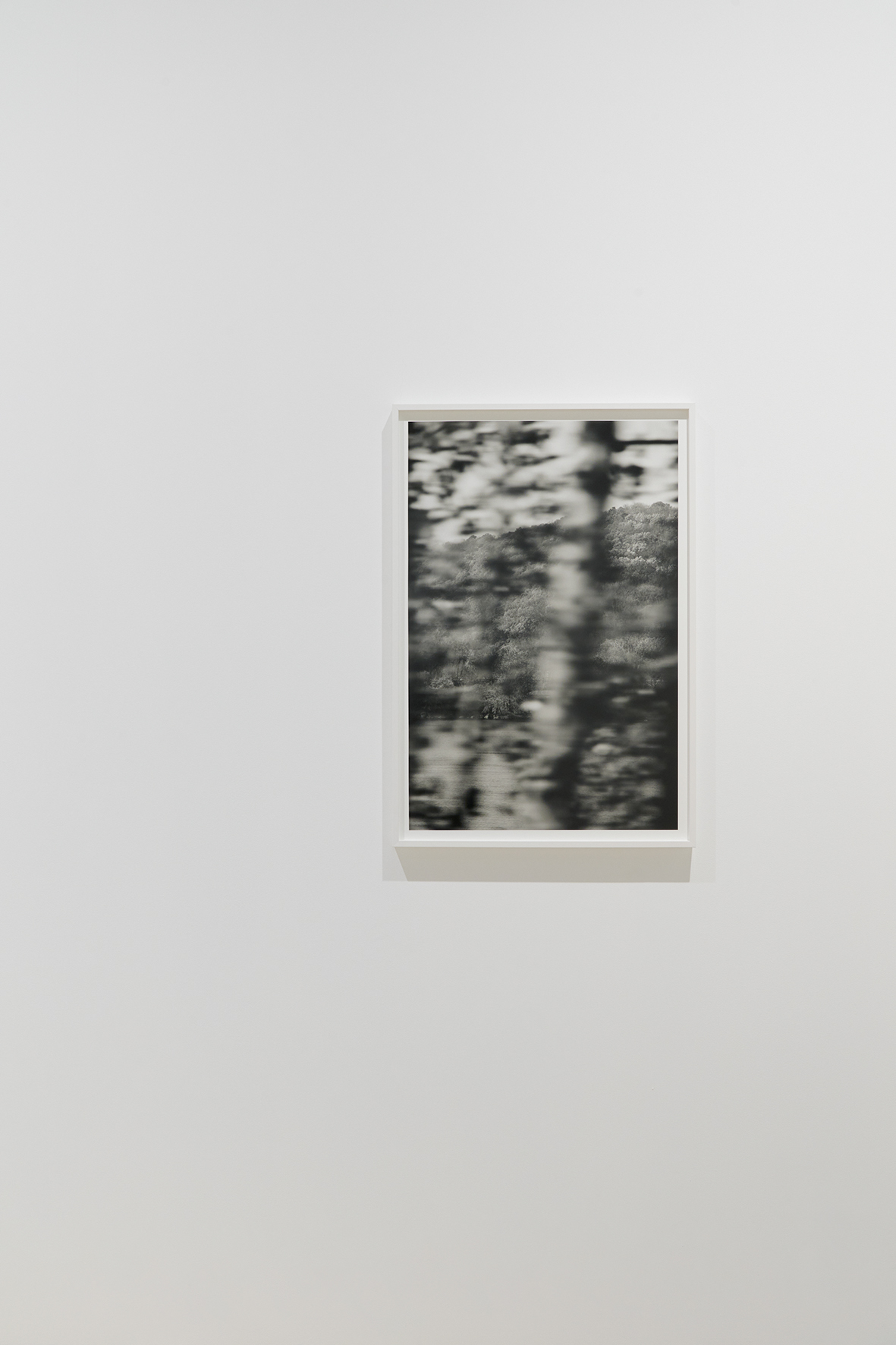
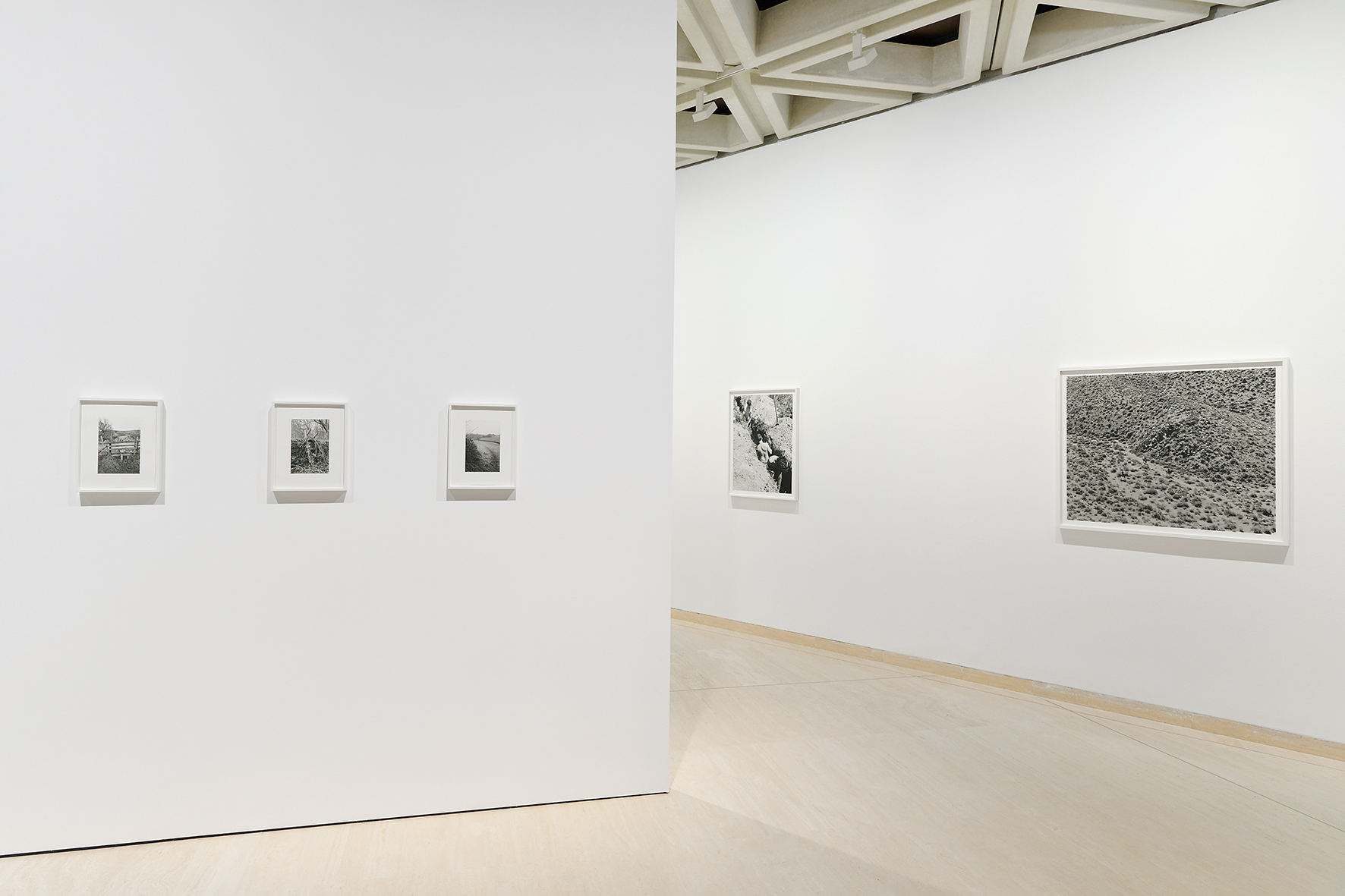
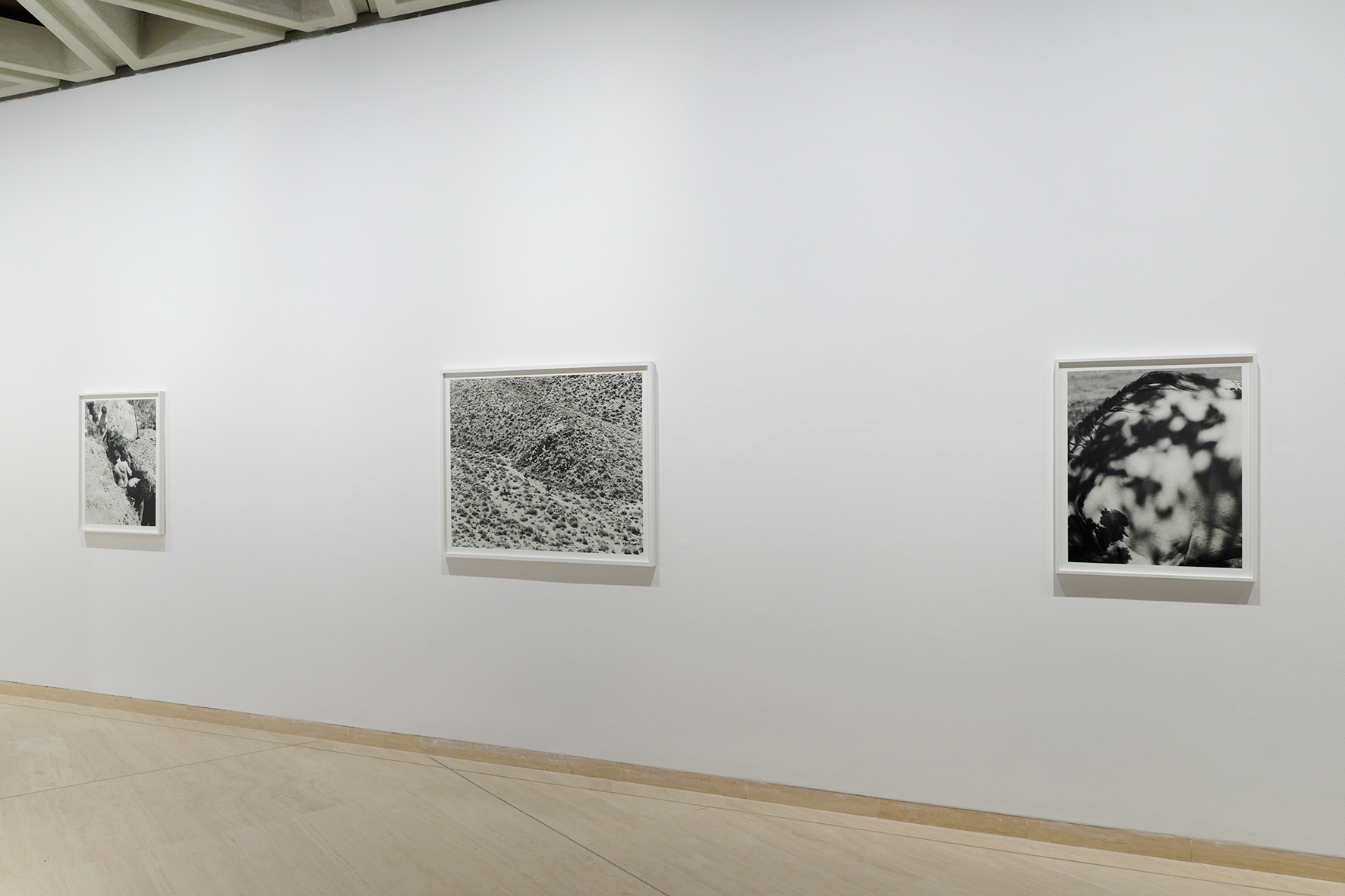
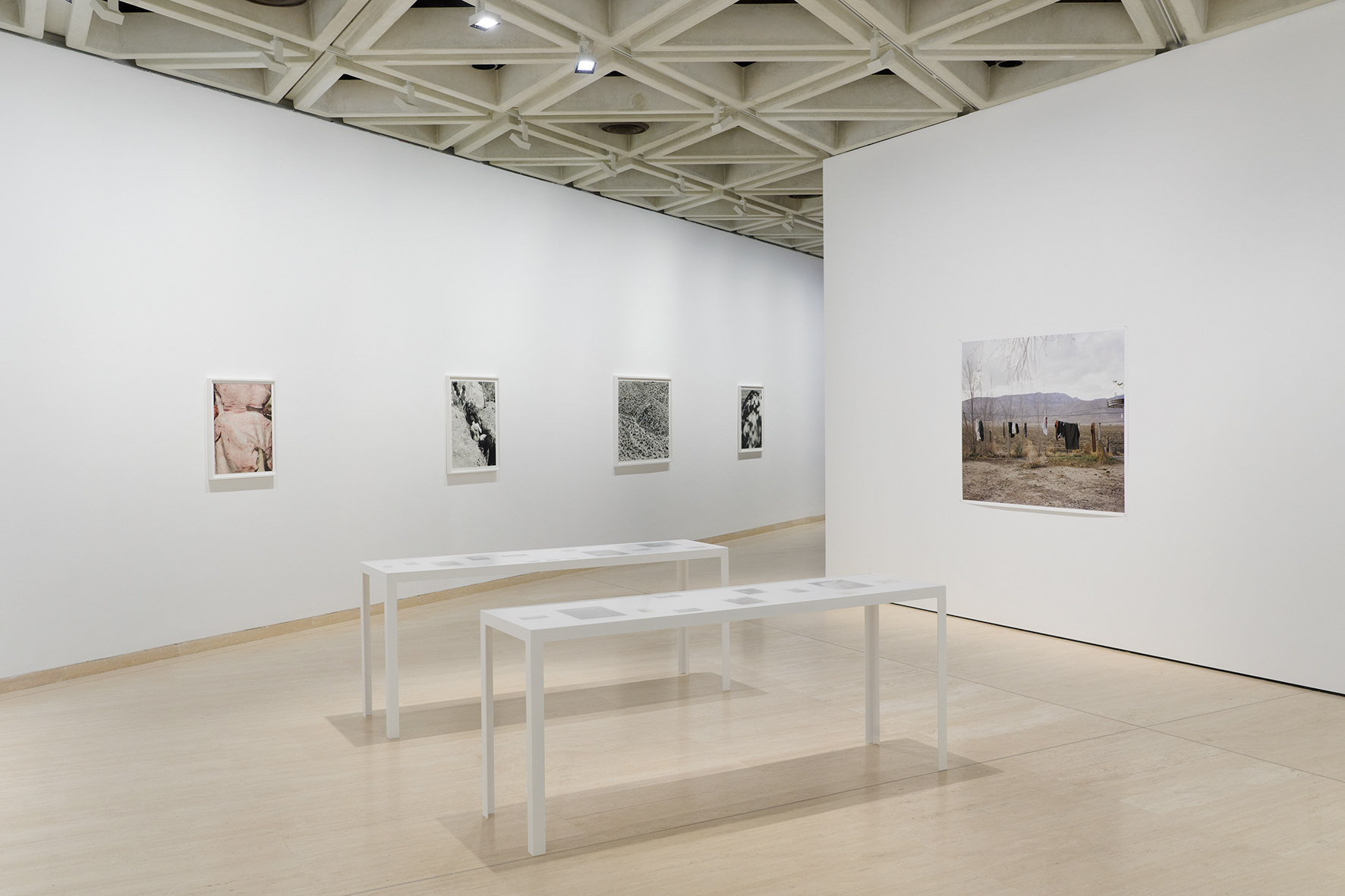
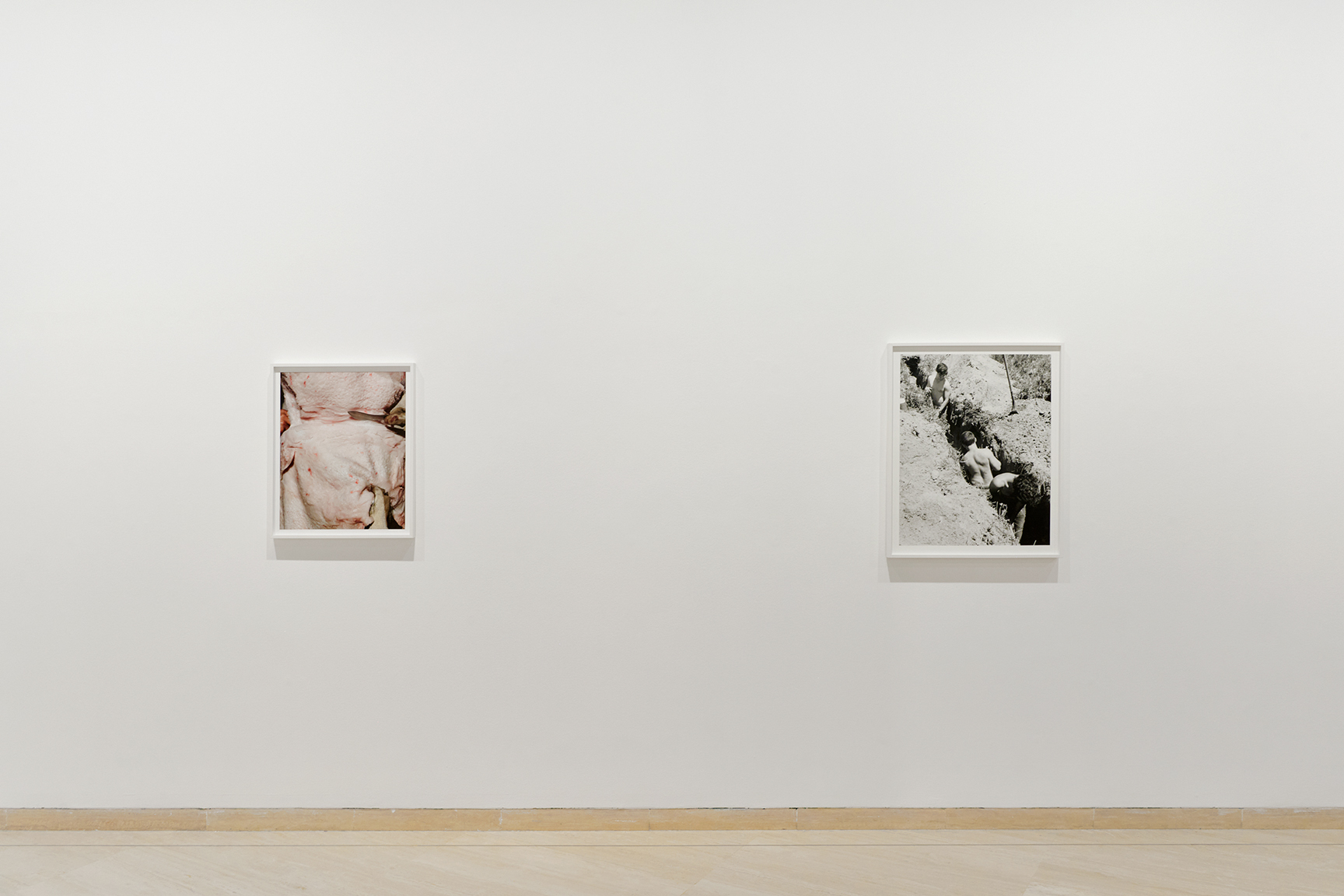
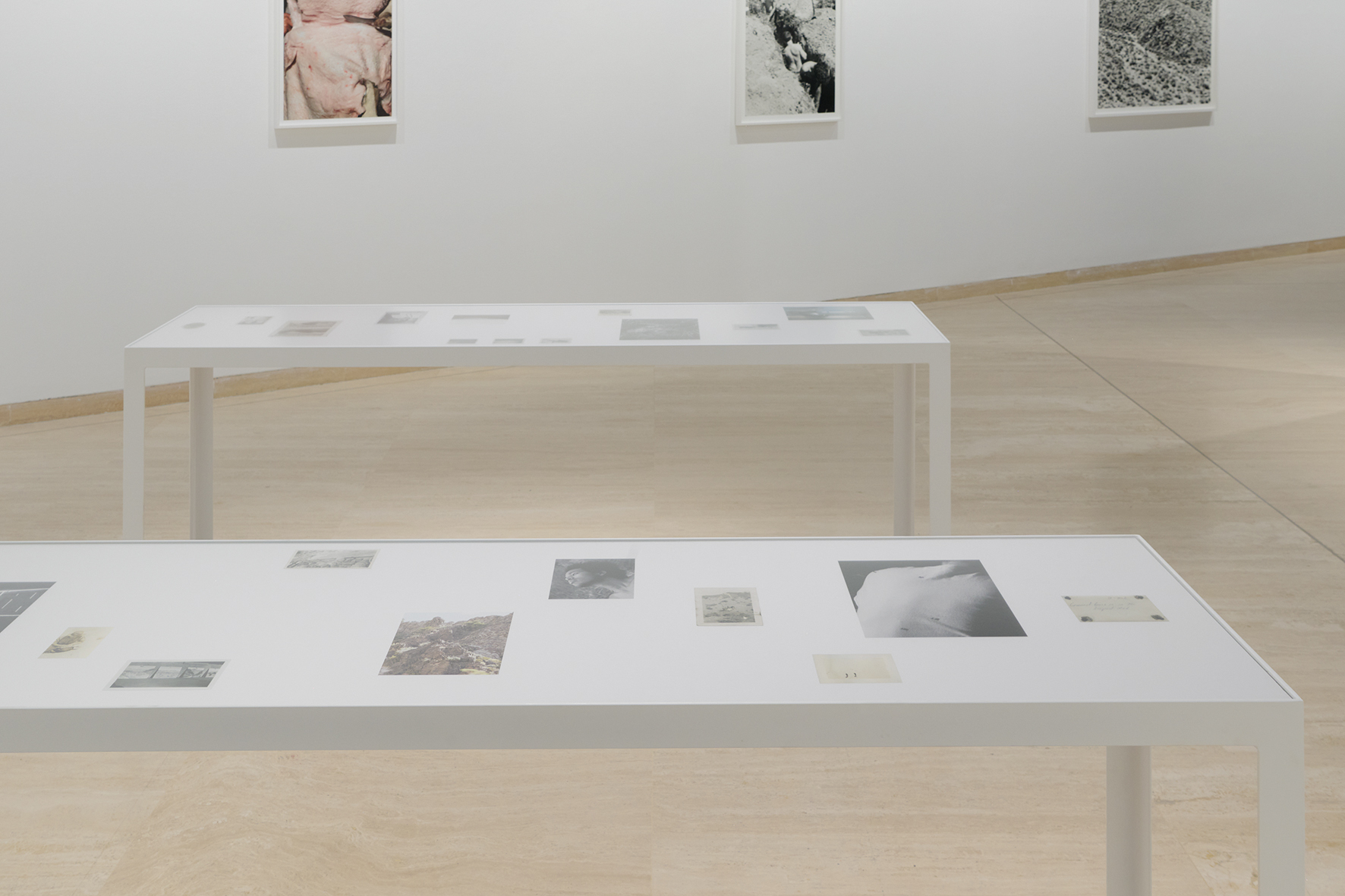
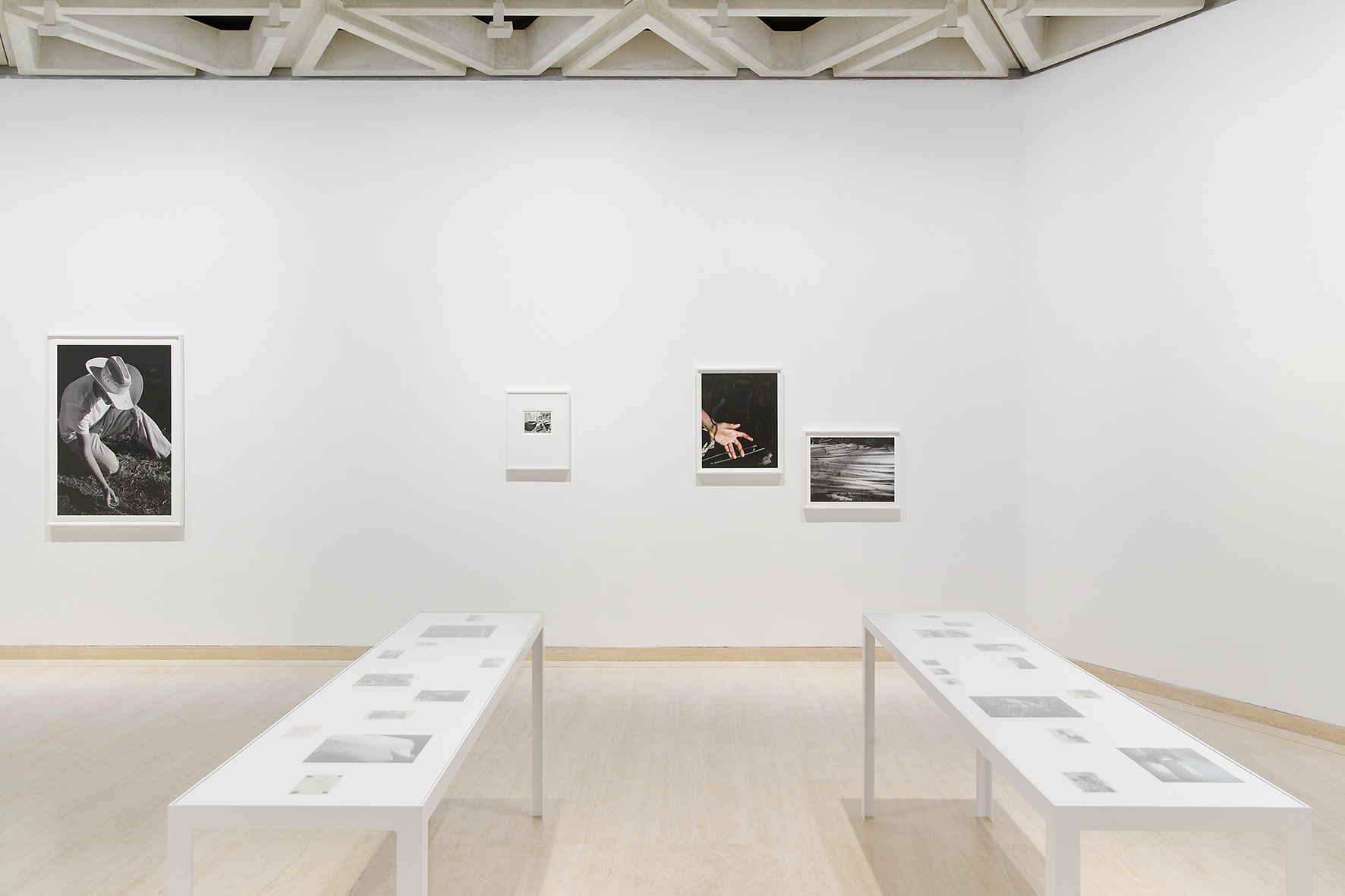

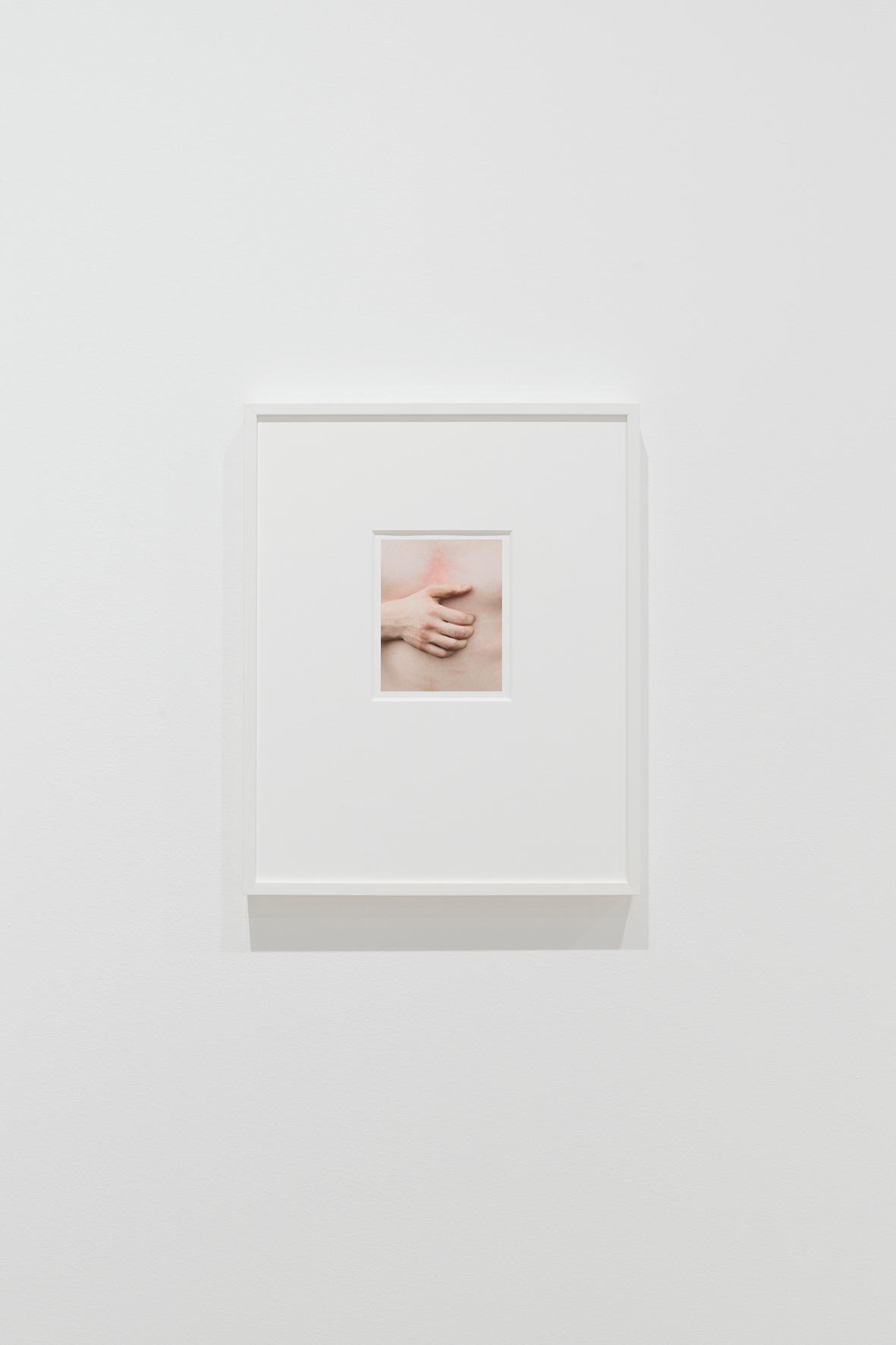
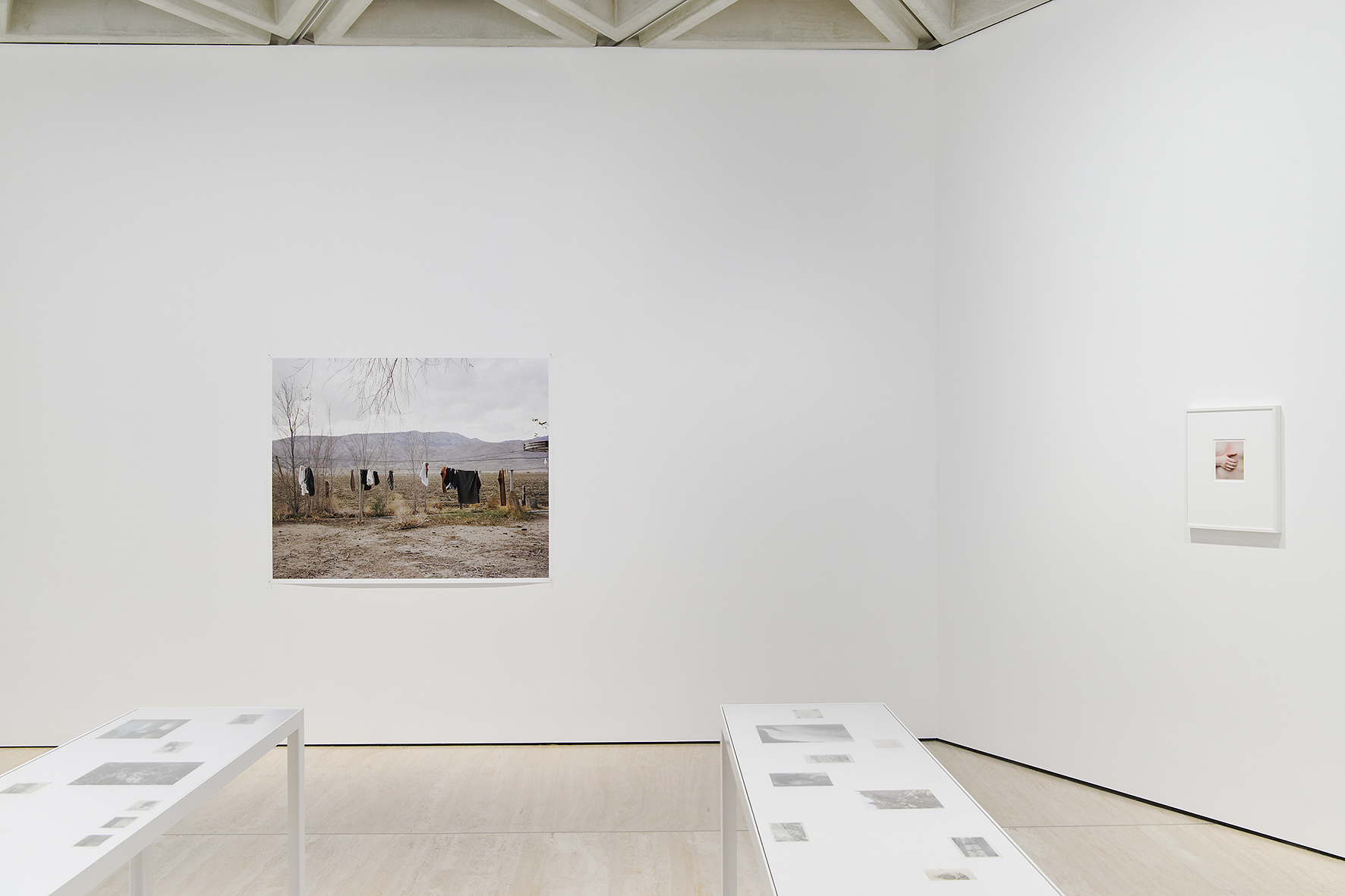
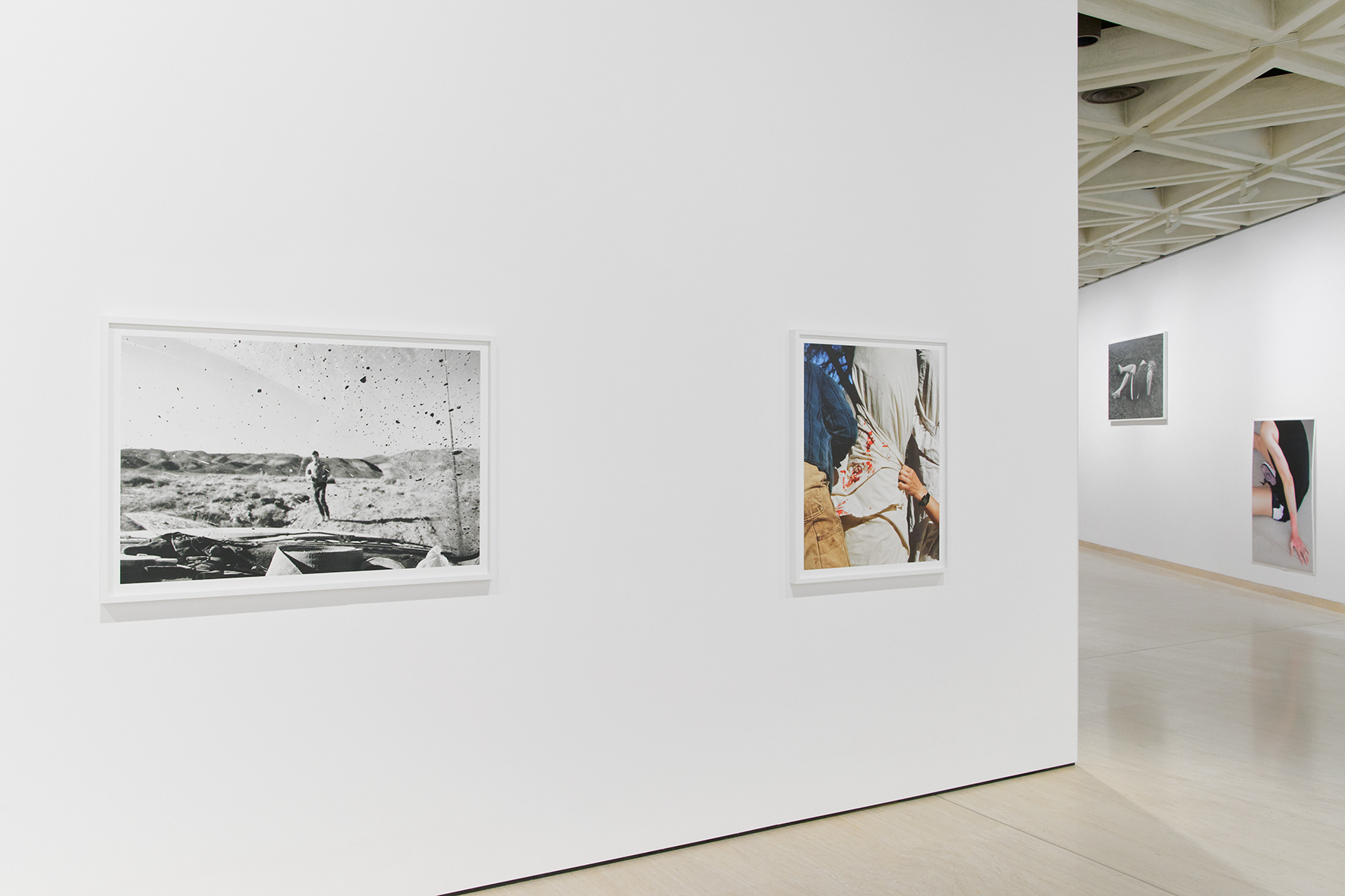
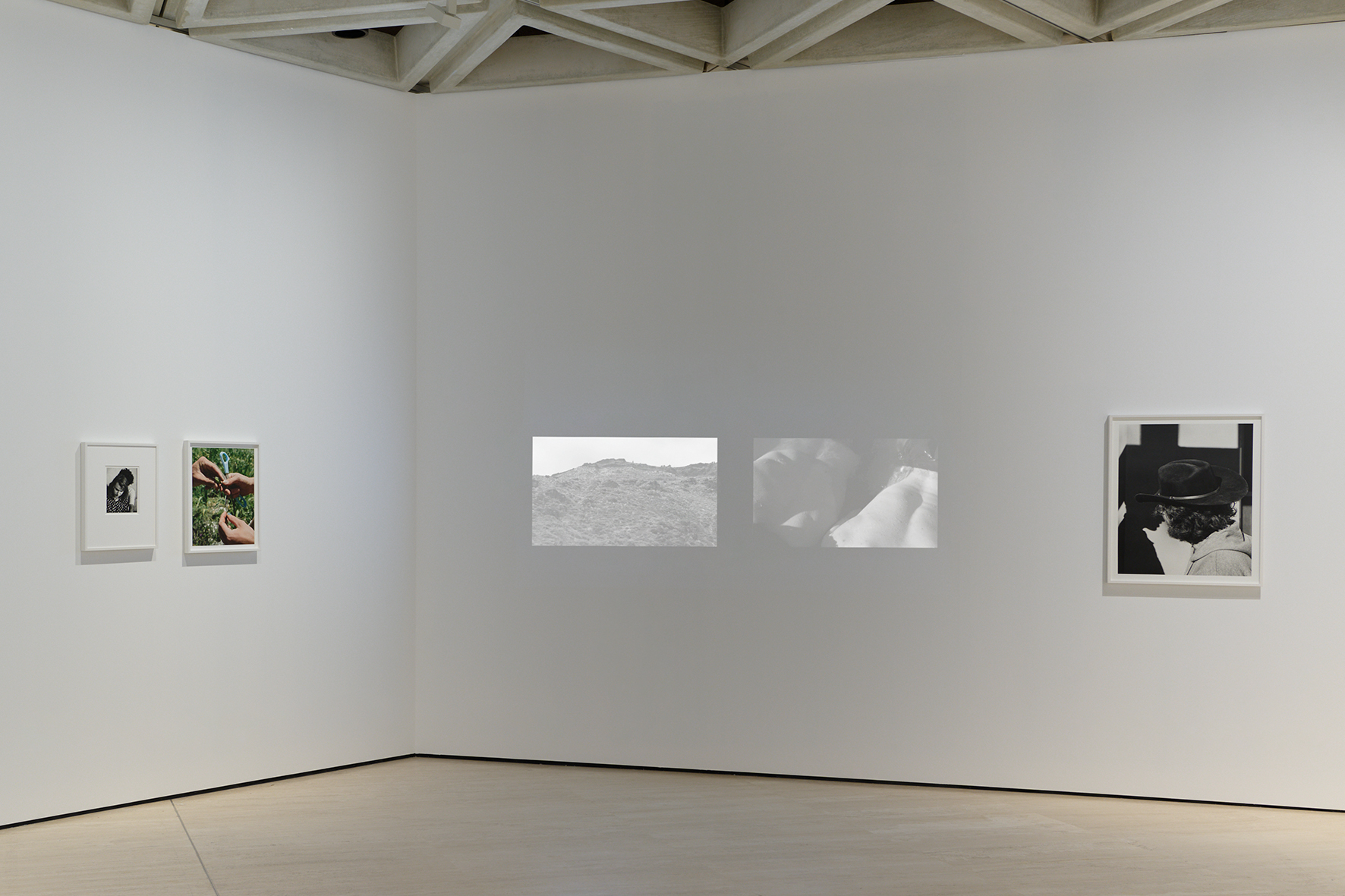
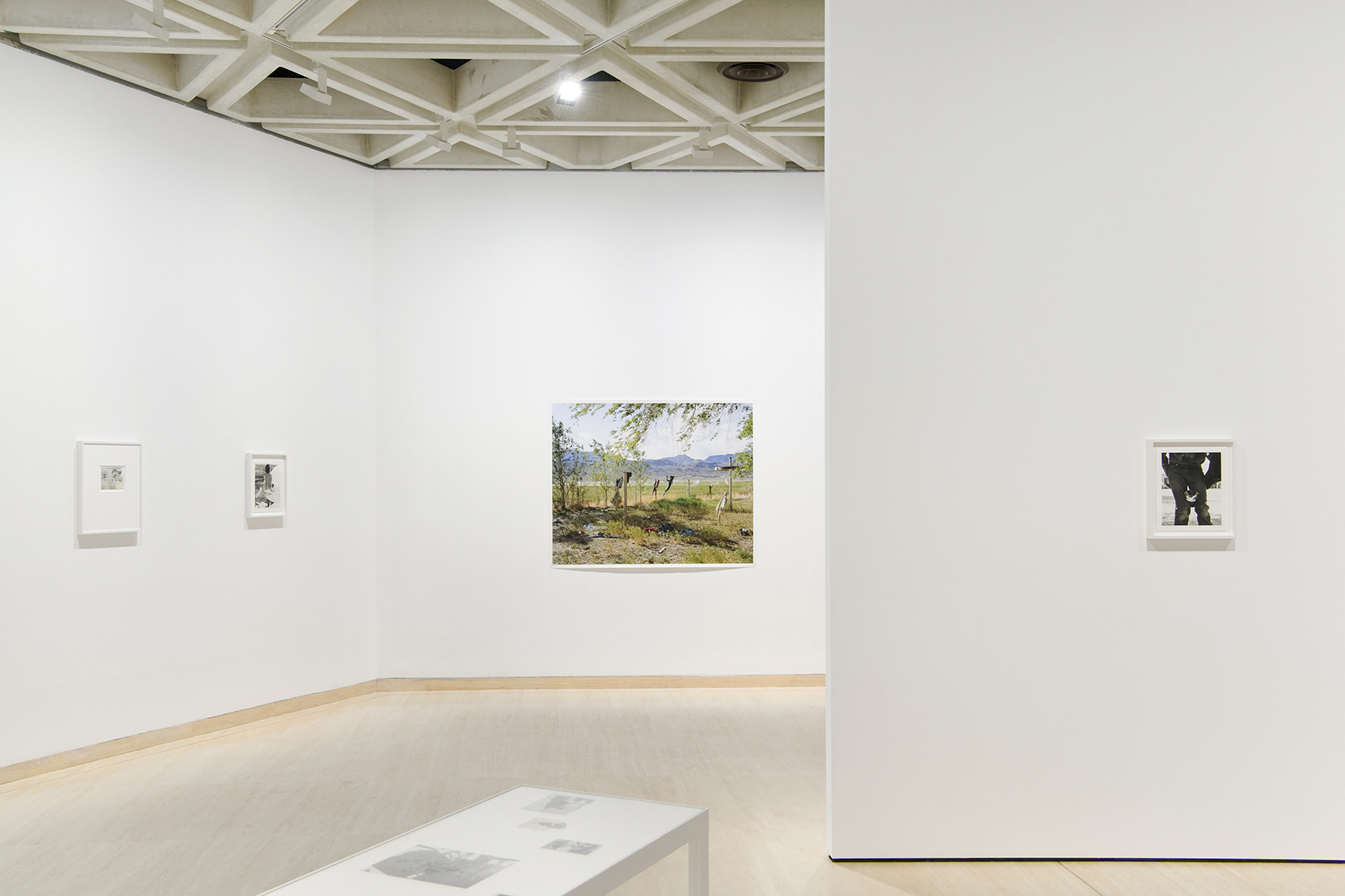
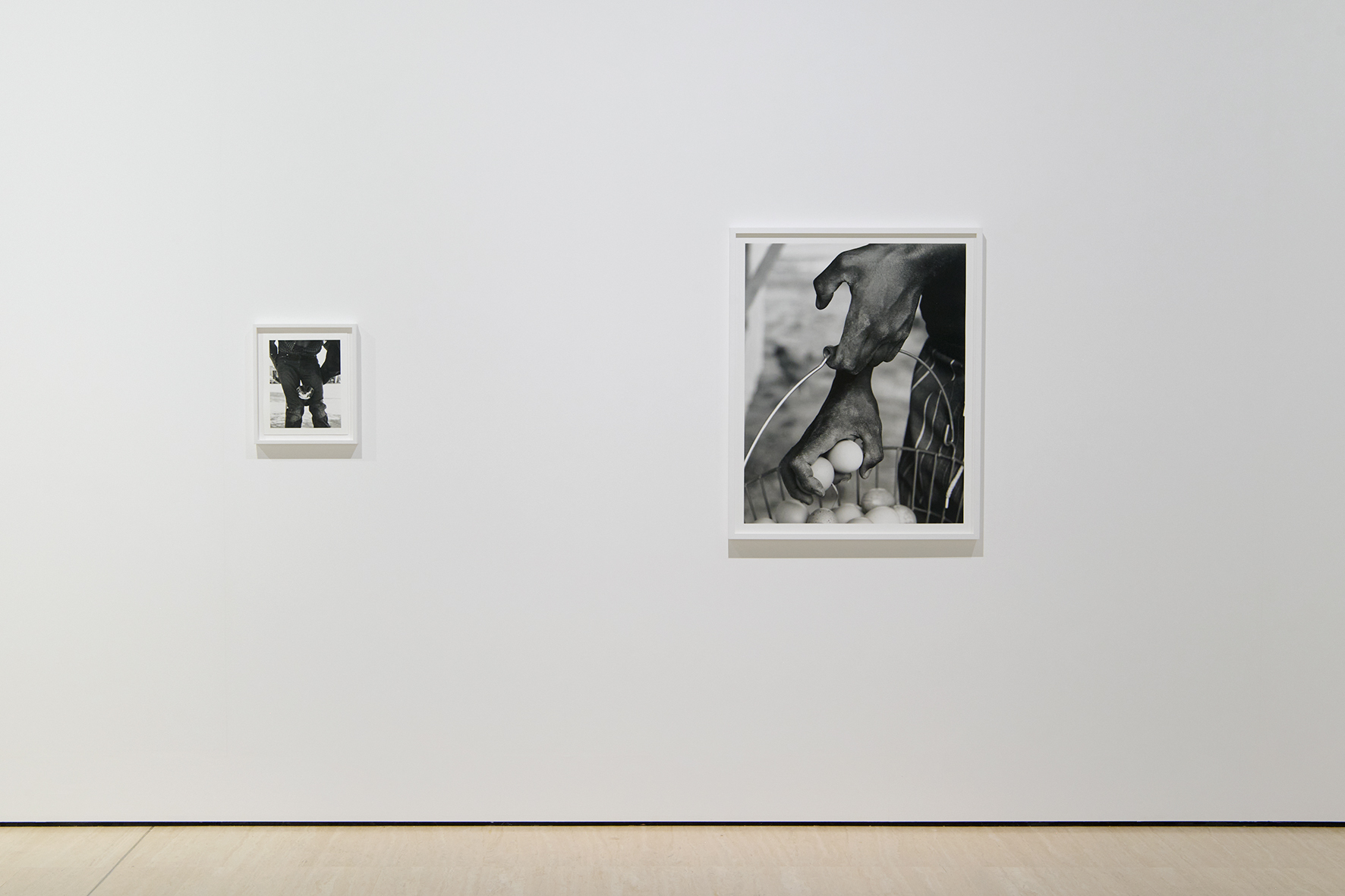
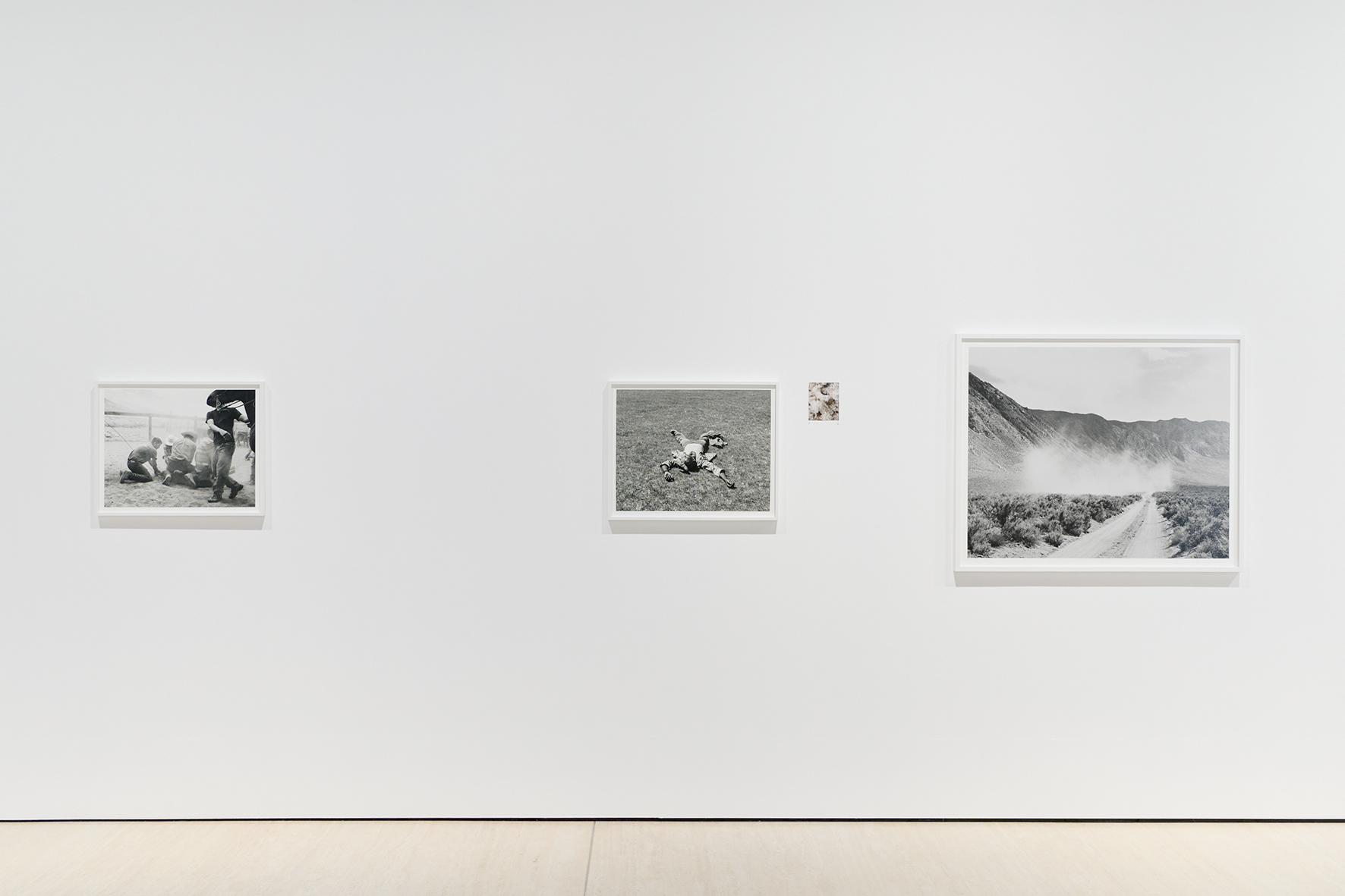
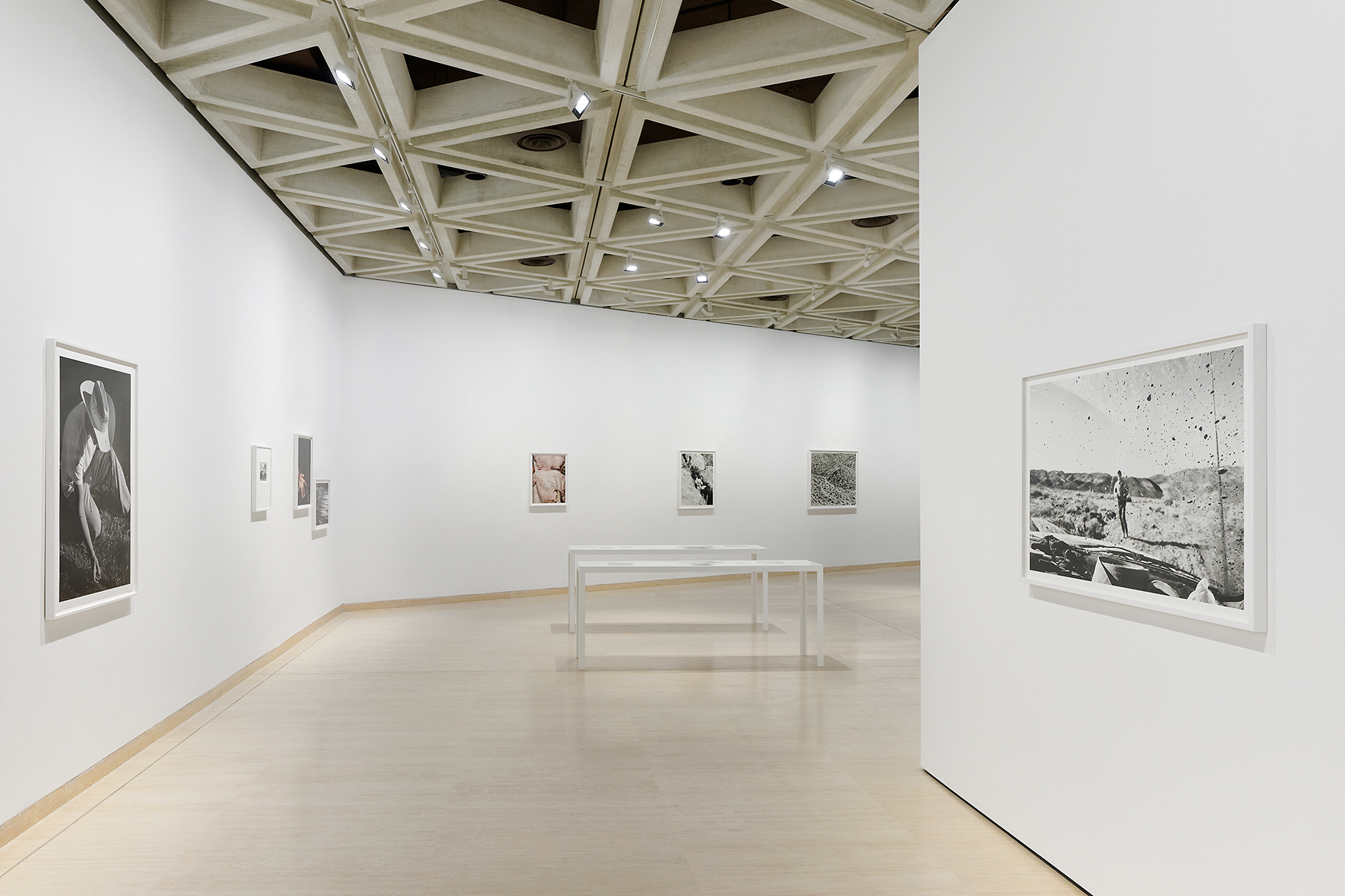
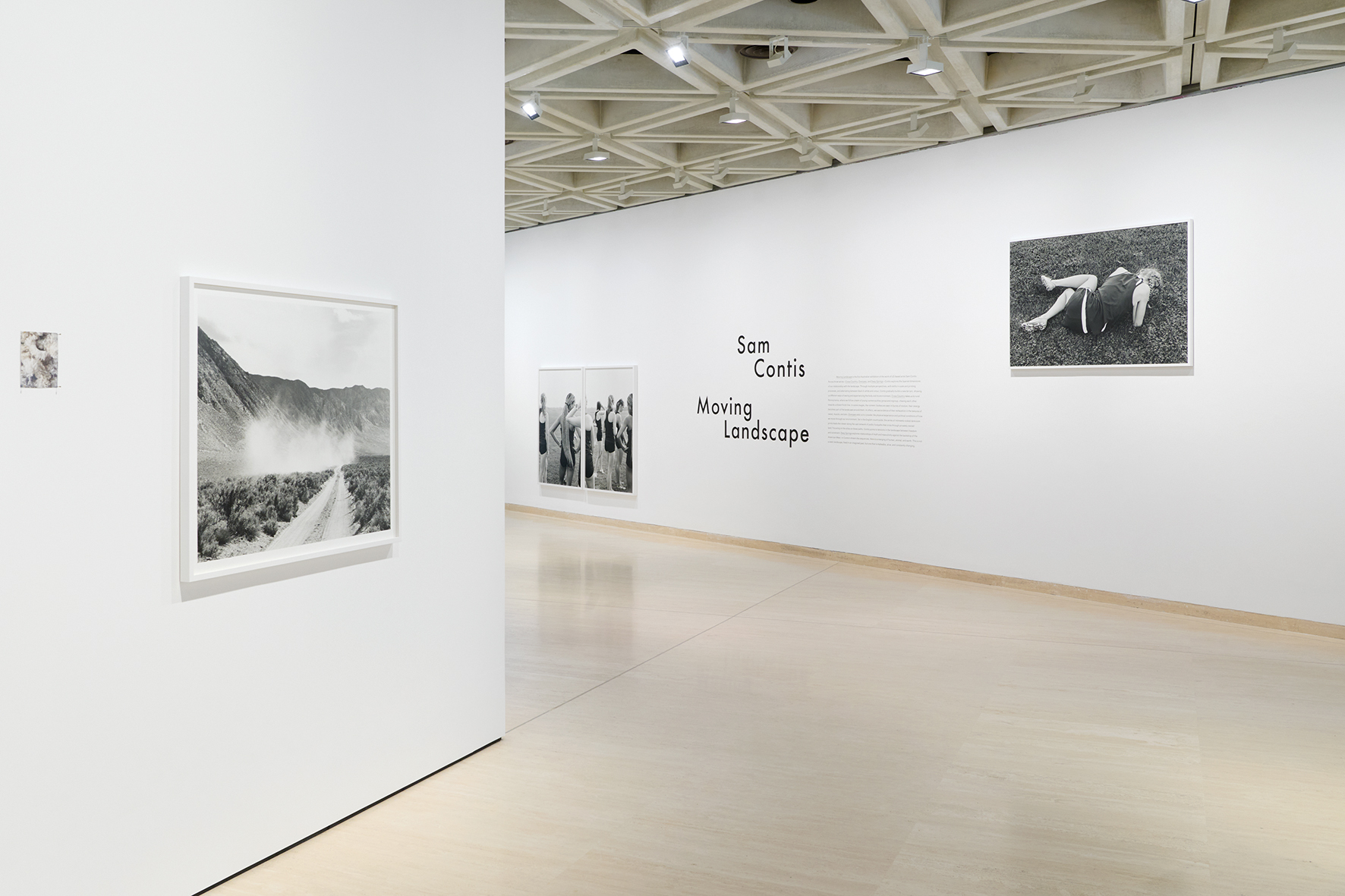
Moving Landscape is the first Australian exhibition of the work of US-based artist Sam Contis. Across three series — Cross Country, Overpass, and Deep Springs — Contis explores the layered dimensions of our relationship with the landscape. Through multiple perspectives, with shifts in scale and printing processes, and alternating between black & white and colour, Contis gradually builds a new terrain, showing us different ways of seeing and experiencing the body and its environment. Cross Country takes us to rural Pennsylvania, where we follow a group of young runners as they group and regroup, chasing each other towards a distant finish line. In some images, the runners’ bodies are seen in bursts of motion; their energy becomes part of the landscape around them. In others, we see evidence of their exhaustion in the textures of sweat, muscle, and skin. Overpass asks us to consider the physical experience and political conditions of how we move through our environment. Set in the English countryside, the series of intimately scaled darkroom prints leads the viewer along the vast network of public footpaths that cross through privately owned land. Focusing on the stiles on these paths, Contis points to tensions in the landscape between freedom and constraint. Deep Springs explores relationships of myth and masculinity against the backdrop of the American West. In Contis’s dream-like sequences, there is a merging of human, animal, and earth. This is not a static landscape, fixed in an imagined past, but one that is malleable, alive, and constantly changing.
“Over the three different series she has created — Deep Springs, Overpass, and Cross Country — Sam Contis activates the intimacies between bodies and space, the experiences of time as durational and as geologic, and the relationality of movement, as a practice that connects people to each other and to the landscapes they move through.From these intersections, she interrogates meanings we hold about gender, examines practices of place-making, and attends to the processes of becoming that shape how, and with whom, we identify.”
–Dr. Anna Arabindan-Kesson, Curator